“Fair Verona”. It is one of northern Italy’s most famous towns thanks in part to two young lovers who never actually existed: I’m talking of course about Romeo and Juliet, who played out their tragically short lives here and whose story has captured the imagination of hopeless romantics for almost five centuries.
The fact that these two characters are entirely fictional doesn’t seem to bother any of the millions of visitors who flock to Verona to indulge their own imaginations by visiting the Casa di Giulietta and posing on its balcony. Fortunately this northern Italian city has much more to offer than just the obligatory “Romeo, Romeo, wherefore art thou Romeo” moment. Here are some of the best things to do in Verona, including a couple of truly hidden gems most people do not take the time to visit.
But First: the Real Story Behind the Tale of Romeo and Juliet
It’s hard not to get caught up in the whole Romeo/Juliet fantasy when you are in Verona, surrounded by beautiful medieval buildings and picturesque piazzas where rival noble families did once jostle for political power and influence. But before fiction becomes fact, it’s worth taking a moment to dig into the origins of the story of these ill-fated lovers: history credits the first written narrative of a forbidden love between two young Veronese aristocrats to Luigi da Porto, an amateur writer who penned the story after hearing a tale told to him by Peregrino, his comrade-in-arms who himself had a penchant for sad endings.
Luigi had his own romantic troubles, too, having lost the love of his life, 16 year-old Lucina Sarvognan, to another man in marriage, so he might have woven some of his own heartbreak into his writing.
Twenty years later, Matteo Bandello published his own version of da Porto’s novel, which was subsequently reimagined as a poem by Veronese nobleman Gherardo Boldieri, and it was likely this poem that was finally adapted by William Shakespeare into a play for the theatre.
This of course was the tipping point for this tale, and the myriad of performances and interpretations that have followed in the centuries since has helped immortalize Romeo and Juliet as iconic symbols of romantic love.
So, what harm is there in leaning into the fantasy with a visit to a representation of Juliet’s House, the Casa di Giulietta…
The Casa di Giulietta
The house-turned-museum at 23 via Cappello is the real deal, meaning that this building does actually date back to the middle ages and served as the residence for a family named “Cappello” (which bears a striking similarity to Juliet’s surname of ‘Capulet’). So it’s no big surprise that in 1939 the city of Verona had the idea to transform the Cappello property into a thematic museum, a sort of theatrical backdrop to support the Romeo and Juliet story, and visiting it has since become one of the most popular things to do in Verona.
It was then that the now-Instagrammably-famous balcony was added to the facade and the courtyard was modified to accommodate would-be Romeo’s by the dozens. The final touch came in 1972, when a statue of Juliet by Nereo Costantini was placed here and the house was opened to the public as a museum.
Today visitors to Casa di Giulietta can visit the courtyard for free, or pay to enter the house/museum which has been sparsely furnished with items that reflect the Renaissance lifestyle including attire that a real-life Romeo and Juliet might have worn.
There are several floors to explore, with placards that feature famous quotes from Shakespeare’s play and images from some of the many films made about the story. There is even a room set up to look like Juliet’s bedroom.
Although these are all add-ins for atmospheric effect, the frescoes on the walls in the upper rooms are authentic and have been relocated here from other historic Veronese houses of the time so they can be restored and put on display for visitors.
And yes, there’s actually a mailbox where you can write a letter to Juliet (just like in the movie, Letters to Juliet), and a team of volunteers does reply to each of the letters!
TIP: Come early in the morning before the bus tours arrive, and before the lineup to pose on Juliet’s balcony gets long.Tickets for the house cost 12 Euros and must be bought online at the museum website.
The Verona Arena: a ‘Mini-Colosseum’ Still Entertaining Audiences Today
Many people aren’t aware that Verona is home to its own impressive ‘Colosseum’, a Roman arena dating back to 42 AD that looks like a half-size version of its much bigger cousin in Rome, but is actually older by almost 40 years. However, unlike the amphitheatre in the Eternal City, Verona’s arena is still in use today as a venue for theatrical and musical performances, from classical operas to popular musical concerts.
The tradition of performing opera here began in 1913 to celebrate the 100th anniversary of the birth of Giuseppe Verdi, and Aida was chosen as an appropriately impressive opera for such an historic venue. Since then, the ‘Arena Opera Festival’ has been host to some of opera’s greatest performers like Maria Callas and Pavarotti, as well as some of Hollywood’s most famous directors including Roberto Rossellini and Franco Zeffirelli, whose experience with large scale productions helped bring the massive spectacles to life in the open-air venue. Popular musical concerts have also taken place here, featuring musical icons like Elton John, Sting, Pearl Jam and Zucchero.
Today visitors can tour the inside of the Arena for just a few euros entrance fee, and you can sit on the marble steps of the amphitheatre to get a sense of what it must be like to witness a performance here. But if you do have the opportunity to book tickets for a performance during the summer season, this would definitely be a bucket list experience for any history, music or opera lover and inarguably one of the best things to do in Verona.
Enjoy a Coffee or Cocktail in Verona’s Piazzas
Like all of Italy, Verona embraces piazza-culture, and there are a couple of places in the city that should be on every visitor’s list for very different reasons.
PIAZZA BRA
This is the largest piazza in Verona, dominated by the Roman amphitheatre at one end. It’s a pedestrian-friendly, very popular place for visitors and locals to stroll, meet, and enjoy a caffe or a meal, all within view of the Arena, the elegant Gran Guardia building on the southern edge of the space, and a pretty 19th century garden in the centre.
Piazza Bra is also a great place for people watching, which as most visitors to Italy know, is an activity that has been elevated to an art form in this country.
PIAZZA DELLE ERBE
Only five minutes away and an easy 1.5km walk from Piazza Bra is Piazza delle Erbe. This is truly the heart of Verona and part of the reason why Verona received its well-deserved UNESCO World Heritage Site status: the square itself sits on the site of the original Roman forum that once stood here, and the buildings that make up its perimeter reflect architectural styles from the Middle Ages to the Baroque.
TIP: Piazza delle Erbe gets its name from the 14th century when it hosted a fruit and vegetable market. Today it hosts a popular market selling everything from fruit and snacks to clothing and leather goods.
Beautiful frescoes still adorn the Mazzanti houses on the north side of the piazza, a reminder of the fact that Verona was known as a ‘painted city’ for the exterior decorations that were prevalent on buildings during the Renaissance period.
In front of these houses is a fountain with the Roman statue of the Madonna Verona from 380 AD holding a scroll dedicated to Verona with the inscription: “to this city, bearer of justice and lover of praise”.
Overlooking Piazza Erbe is the Lamberti clock tower at one end, which doesn’t seem to have a bad angle whether you photograph it from the Piazza, or behind from the Cortile Mercato Vecchio (old Market courtyard), which has its own beautiful Staircase of Justice that is worth a photo – or twelve!
The elaborate Palazzo Maffei at one end of Piazza delle Erbe is a beautiful example of 17th century baroque design, topped with figures from Greek mythology, and fronted by the triumphal column topped by the winged lion, the symbol of Venice which ruled over Verona for many years.
Palazzo Maffei is described as a ‘house museum’ but doubles as an art gallery with over 600 works from the collection of businessman Luigi Carlon, ranging from the 14th century to present day. It’s an eclectic collection with some pieces you may not expect to see in a palazzo in Italy, like a rare original woodcut print of the Great Wave of Kanagawa by Katsushika Hokusai which was just acquired in 2023.
TIP: Admission to Palazzo Maffei also includes access to its rooftop walkway, which would give you a birds-eye view of the whole of Piazze Erbe.
Della Scala’s Tombs near Piazza degli Signori
The Della Scala family (Scaligeri in Italian) were kind of a big deal in Verona in the 13th and 14th centuries, having gained political and military power to the point where they were practically the defacto rulers of the city, especially after having been granted the title of ‘Imperial Vicar’ by the Holy Roman Emperor of the time. So it’s not surprising that the elaborately sculpted family tombs reflect this position of authority and wealth, and why viewing these sepulchres usually makes it onto any list of the top things to do in Verona.
The tomb structures are located in an open courtyard beside the church of Santa Maria Antica, enclosed by a wrought iron fence and are easily seen from outside the fence. But if you do want to get behind the gates for a closer look, admission is only 1 Euro. Even without knowing the history of the Scaligeri family, these tombs are beautiful examples of Gothic design, and include intricate sculptural details with specific meanings, like the dogs on the tomb of ‘Cangrande’ della Scala over the side door to the church, whose name means ‘big dog’ in Italian – a little reminder for anyone as to who was the top dog in Verona!
The Beautiful Basilica of Santa Anastasia
When I first saw the exterior of this church I wasn’t terribly impressed with its rather simple design but once inside, the Basilica of Santa Anastasia turned out to be one of the most beautiful churches I’ve ever seen: the interior appears delicate, airy and light compared to the look of the exterior, with three aisles topped by soaring arches decorated with alternating pink and white banding that mimics the decorative marble banding on many Veronese buildings. Supporting the vault are twelve red marble columns resting on a floor that is tiled in a 3-colour pattern: black and white tiles representing the monks and red tiles for the blood of Christ.
This is the largest church in Verona and every surface, every wall and every chapel of it is beautifully decorated with artwork, frescoes and statuary and there is a pretty impressive organ here as well. Some of the decoration inside is more secular in nature, like the delicate floral motifs on the ceiling, but there are also portaits of saints, and other religious figures.
One of the most famous frescoes depicts the legend of St. George, the Princess and the Dragon painted by Veronese painter Pisanello. This partial fresco is the only surviving piece of Pisanello’s original art that once covered much of the interior of the church.
The story is an ancient one that tells of a Christian soldier, George, who slays a dragon to prevent a princess from being sacrificed to the monster. The king and his people are so grateful they convert to Christianity.
But my favourite feature in Santa Anastasia had to be the funerary monument for Cortesia Serego with its equestrian statue of the deceased standing on top of an [empty] sarcophagus and framed by curtains held back by two soldiers. The high relief and decorative composition on the entire wall literally stood out to me as something very special.
TIP: There’s some debate about who carved this Serego monument: it may have been the architect Piero di Niccolò Lamberti or the sculptor Nanni di Bartolo who carved something similar in Verona’s San Fermo Maggiore church. You can always check out San Fermo and decide for yourself who you think the artist may be.
Roman Theatre Archaeological Museum
Theatre and entertainment were obviously a big deal in Verona during the Roman age, as witnessed by a large theatre complex on the east side of the Adige river, the remains of which are now part of an archaeological museum. But this isn’t just a ruin: the amphitheatre part of this elaborate complex has been restored and like the Arena in Piazza Bra, is used today for contemporary musical and theatrical performances as part of Verona’s Summer Theatre Festival.
However, even if you don’t take in a performance here at the theatre, the museum is worth visiting as it gives you a glimpse into the Verona of two thousand years ago. It contains ancient mosaics and other decorative pieces as well as examples of the infrastructure that the Romans were known for (like the original lead pipes that plumbed the city which you can see in the excavations).
Climb the stairway that leads above the theatre to what was a convent built in the 16th century and you get access to several other rooms of artifacts as well as a courtyard where many of the architectural remnants and sculptures from the original theatre complex remain. There’s also a pretty incredible view from here overlooking the Adige and the historical centre of Verona.
TIP: Even higher above the ruins of the theatre complex stands the Castel San Pietro on the very top of the hill. Although the interior is not open to the public due to its state of disrepair, there is a funicular near the Ponte Pietra that can take you to the top to an overlook for panoramic views of the city. From here you can take the stairs down past the Theatre.
Verona’s Hidden Gem Number 1: the Intarsia Artwork in Santa Maria in Organo
On the same side of the river as the Roman Theatre is an unassuming little church that houses one of Verona’s – and Italy’s – hidden gems: the intricate wood inlays, or intarsia, created by the Renaissance master of the craft, Fra Giovanni di Verona. This is the church of Santa Maria in Organo, which contains two elaborate installations that make use of this technique as embellishments for decorative panels and furniture: one is the choir stalls behind the altar where the monks would be seated during mass, and the other is a massive wall of cabinets and decorative panels in the sacristy.
Intarsia is a painstaking art form in which different species of wood (chosen for their colour) are cut into intricate mosaic-like pieces and assembled to form scenes. What is particularly impressive about these works of art is their use of perspective to create trompe l’oeil effects of depth and dimension: half-open cabinet doors reveal 3-dimensional objects inside, natural scenes and architectural renderings utilize perspective with realistic vanishing points, and even organic objects have convincing texture and form.
Fra Giovanni even made use of rare ‘green’ woods, discoloured by a unique fungus, to make his naturalistic scenes more convincing.
Like Da Vinci, Fra Giovanni was a ‘Renaissance monk’ of his time, who embraced these new concepts in art and science, which were cutting edge in the mid 16th century. Some of the objects he created in wood represent Da Vinci’s mathematical drawings of polyhedra, for example, rendered here in perfect perspective!
Another panel includes a visual of a clock that was used to call monks to prayer, and it was so realistically rendered that a modern craftsman reconstructed one based on this design, and the clock actually worked! Even the music score portrayed in another one of these panels is a functional piece of music that has been played by modern musicians.
Renaissance artist Giorgio Vasari may have declared this as the ‘most beautiful sacristy in all of Italy’, but the choir behind the altar is just as stunning.
Here you can even see a self portrait of the artist himself, which Giovanni carved into the armrest of one of the seats.
The stunning artistry and incredible craftsmanship demonstrated in these works of art in wood absolutely blew me away and I cannot do justice to their beauty here, other than to highly recommend seeing them in person. This masterpiece is truly one of Verona’s jewels and should not be missed.
Verona’s Hidden Gem Number 2: Giardino di Giusti
A short walk from Santa Maria in Organo is another Renaissance gem, this one literally hidden behind walls: the Giardino Giusti, one of the best examples of Italian Renaissance gardens that has – unbelievably – stayed in the same Giusti family for over 450 years and has been open to the public since 1570.
The gardens are laid out in a classical style very popular in the mid 16th century, particularly in Tuscany, and it includes geometric hedge designs surrounding fountains, long avenues lined with cypress trees, classical statuary and even one of Europe’s oldest boxwood mazes.
At the end of the central avenue and overlooking all is a huge mask-like face, or grotesque, carved right into the rock. Apparently at one time, smoke and fire would come out of its mouth, making for a wonderful spectacle for the visitors who made this garden a must-see on their ‘Grand Tours’ of the 18th century, including Mozart, Goethe, and even Tsar Alexander of Russia who came to admire the gardens and stroll amongst its potted citrus trees and mythological statues.
Today, Giardino di Giusti is still an oasis of greenery for modern day visitors and an uncrowded place to take in views of the city from its upper belvedere, or just sit and enjoy the manicured surroundings. It’s not often you get to enjoy a little piece of living history like this, which makes it not just a hidden gem of Verona, but an endangered piece of Italian culture, too.
TIP: Sadly, a massive storm in 2020 did considerable damage to the gardens, including almost destroying the 600+ year old cypress known as Goethe’s Cypress, but the good news is that while the tree can’t be restored to its former grandeur, most of the damaged plants have been replaced or replanted and the gardens still look beautiful.
Verona: a ‘Beautiful, Ancient City’
Shakespeare may have described Romeo and Juliet’s Verona as ‘troubled by violence and civil bloodshed’ but he also acknowledged it as “a beautiful, ancient city” and this description still holds true in 2024. But Verona does not just live in its past: today’s Verona is very much a living city that embraces its present as much as its ancient origins. So after visiting some of its ancient, medieval and Renaissance sites, be sure to indulge in ‘Fair Verona’s’ modern-day culture as well, whether that’s breakfasting on brioche (as cornetti are known here in the north), sipping spritzes while people-watching at a cafe in the afternoon, or sampling some of the tapas-style ‘cichetti’ dishes in the evening with a glass of the region’s renowned Amarone.
Verona may be only one-tenth the size of Rome, but as its still-operational Arena proves, there is plenty of opportunity to enjoy Italian culture and la dolce vita here.
PRACTICAL TIPS FOR VISITING VERONA
VERONA CARD FOR ATTRACTIONS
If you are planning to visit multiple tourist sites in the city, the Verona Card includes free entrance and/or discounts to the most popular sites in the city PLUS free rides on the city’s transit. However, this does not include the funicular to Castel San Pietro.
ARENA PERFORMANCES:
Shows in the Arena di Verona are very popular, especially operas, so book tickets well in advance. Also, be aware that there are different seat types, ranging from ‘proper seats’ with cushions and backs to the stone ‘steps’ that make up the actual amphitheatre, for which you definitely want to bring or buy a cushion. The Arena is open-air, too, so dress appropriately.
WHERE TO STAY:
Henk and I found a lovely, reasonably-priced room with a king bed, modern bathroom and even a tiny balcony looking right onto Piazza delle Erbe. It was available through aureliarooms.com, a local Veronese company that offers accommodation in the city, including some like ours in historic properties. The even better part? While the balcony overlooked the Piazza, the entrance was in the historic Cortile Mercato Vecchio, with its beautiful staircase leading up to the Torre dei Lamberti, so the apartment was very private.
Similar to an Airbnb property, this is not a traditional hotel so there is no front desk or traditional hotel amenities like restaurants, etc, and check in for the room is all done digitally with keycodes. But we loved our room for its space, its style, its balcony and of course the unbeatable location which was steps away from absolutely everything.
PARKING:
Like most cities in Rome, parking is problematic in Verona’s historical centre. (or anywhere for that matter!) However there is a decent-sized parking garage operated by Saba within walking distance of Piazza delle Erbe, and you can even leave your car here for several days. Just be careful on the ramps: they are very narrow, so unless you have full coverage on your rental, it’s easy to ding a fender here.

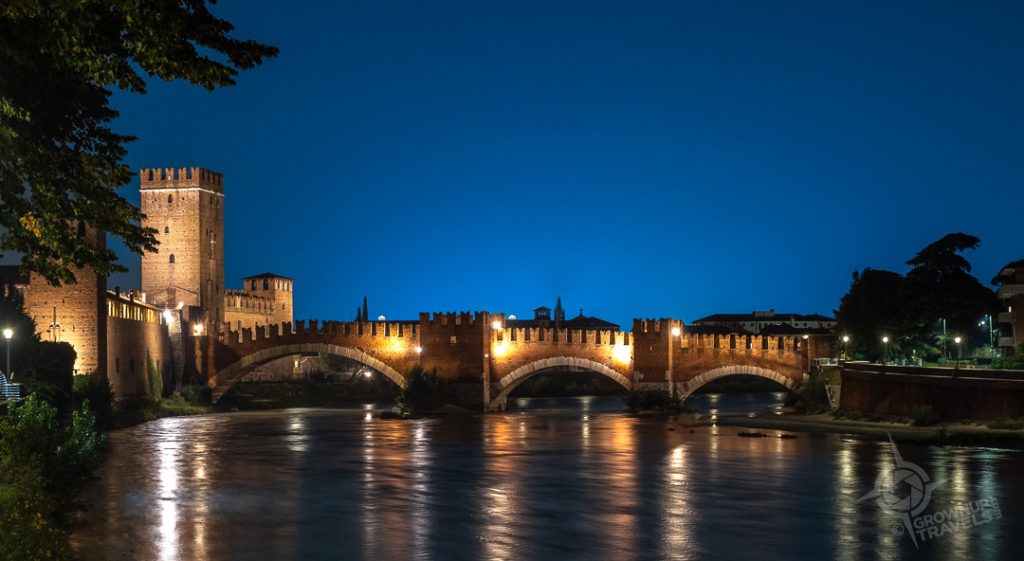
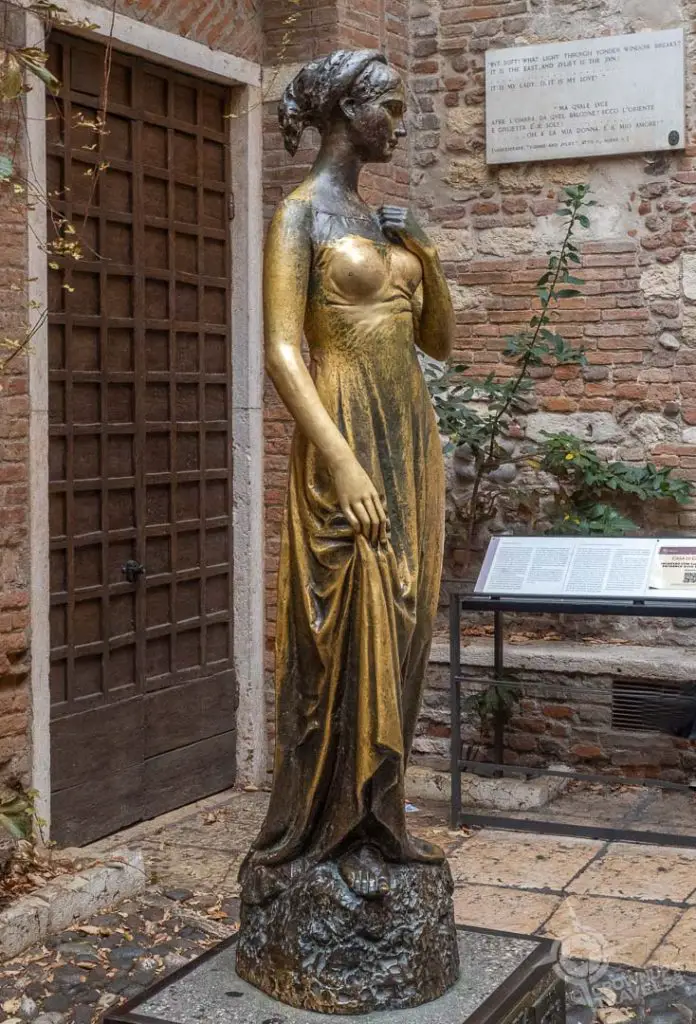
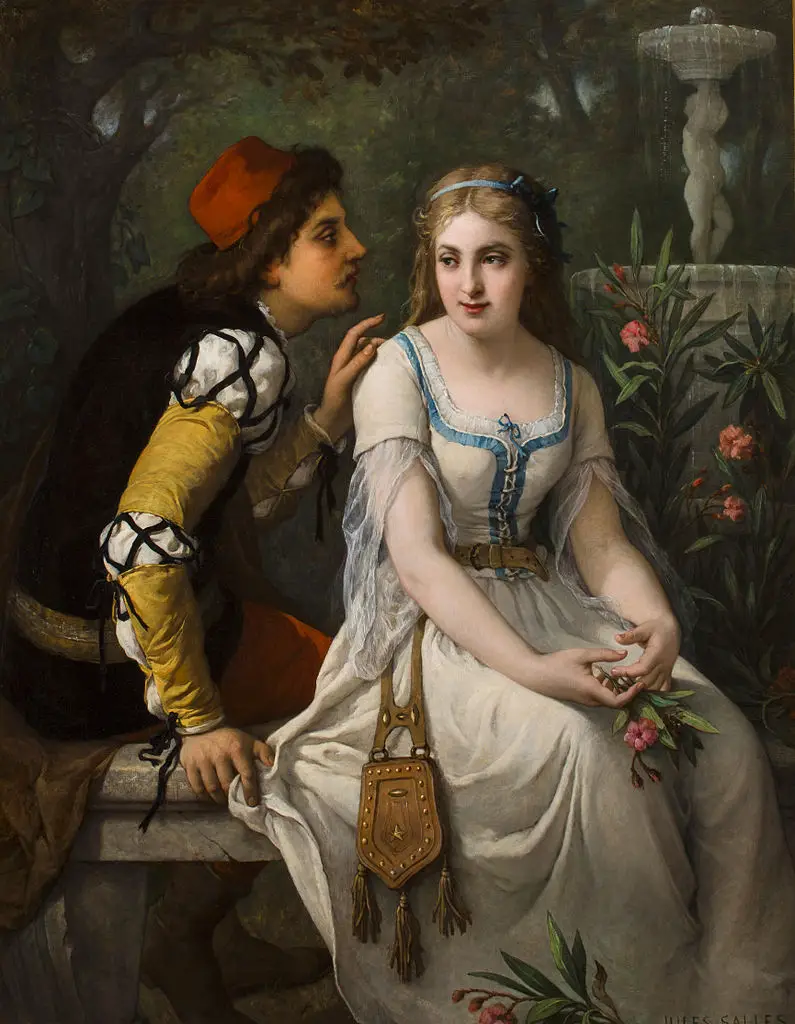
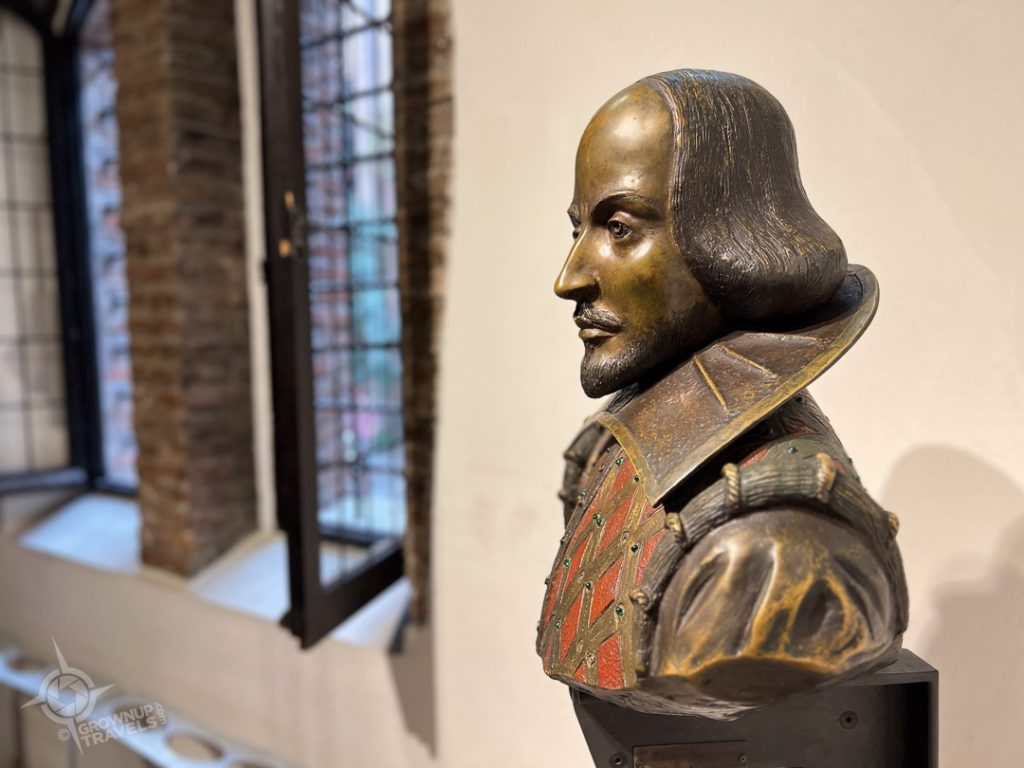
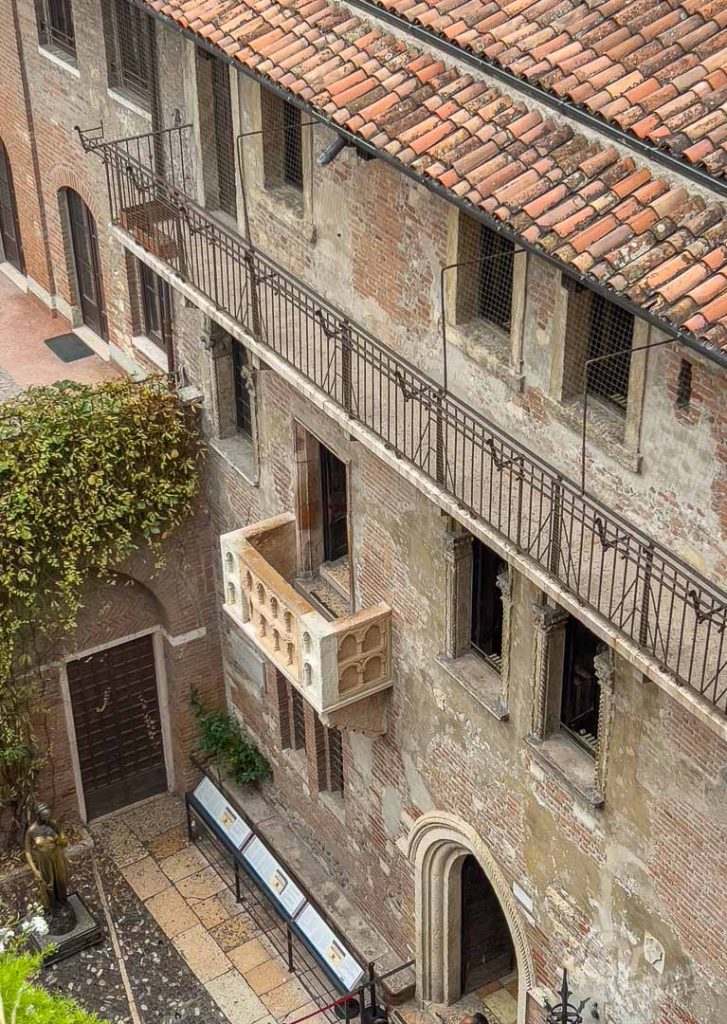
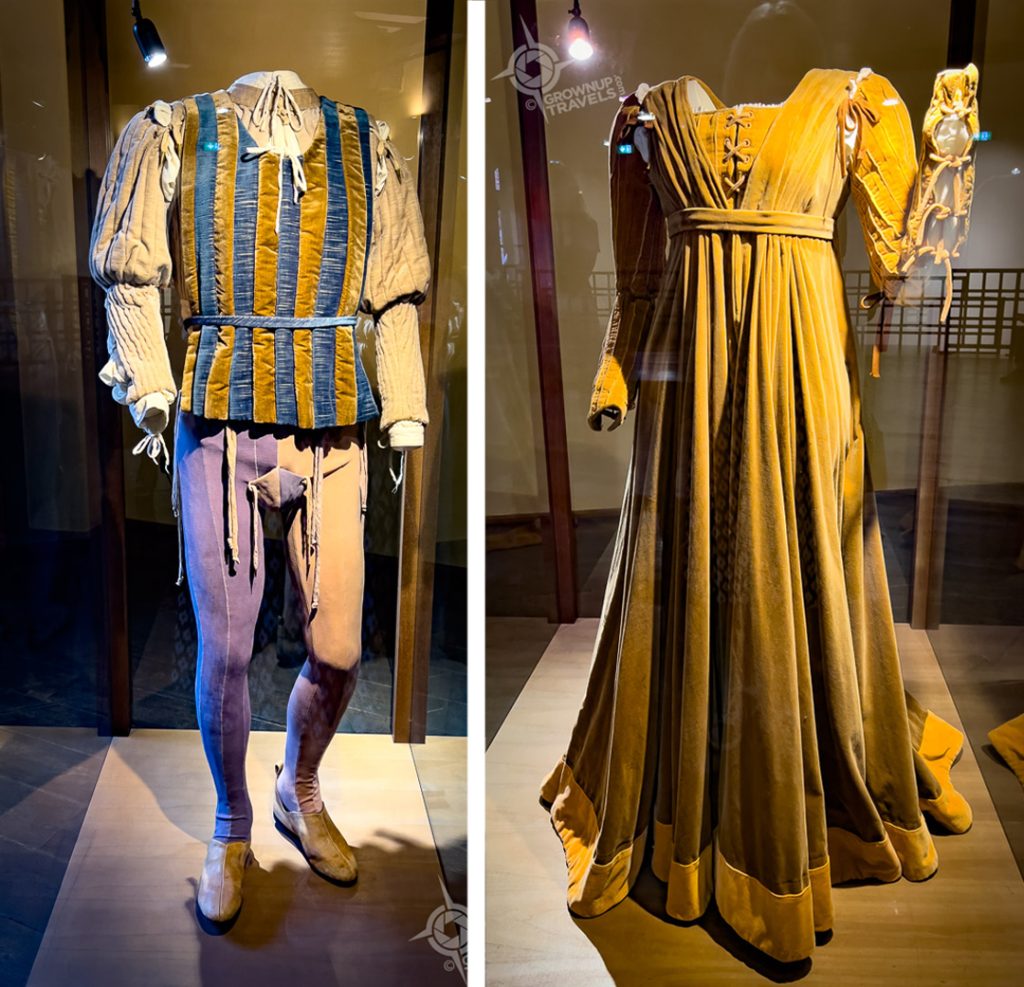
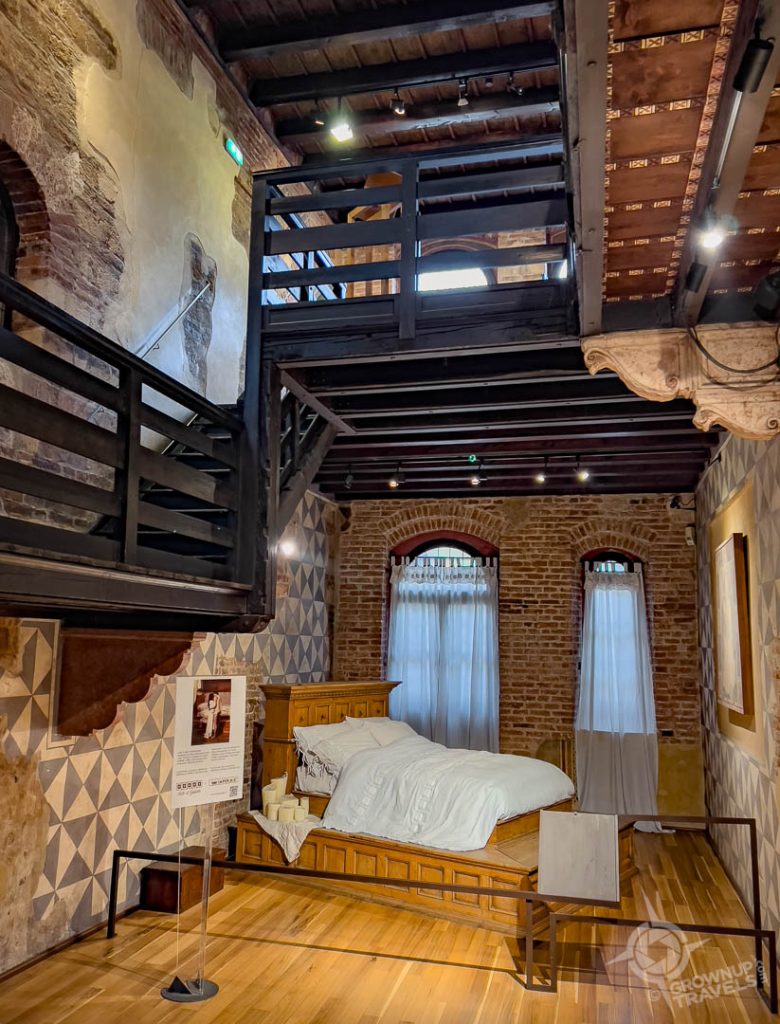
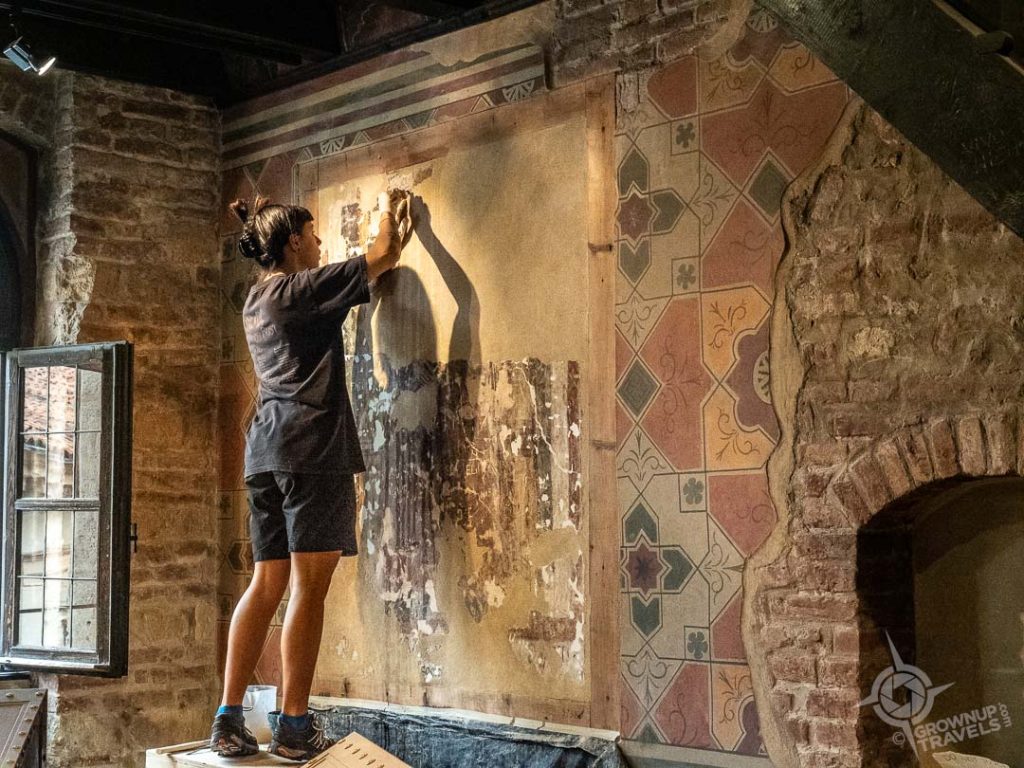
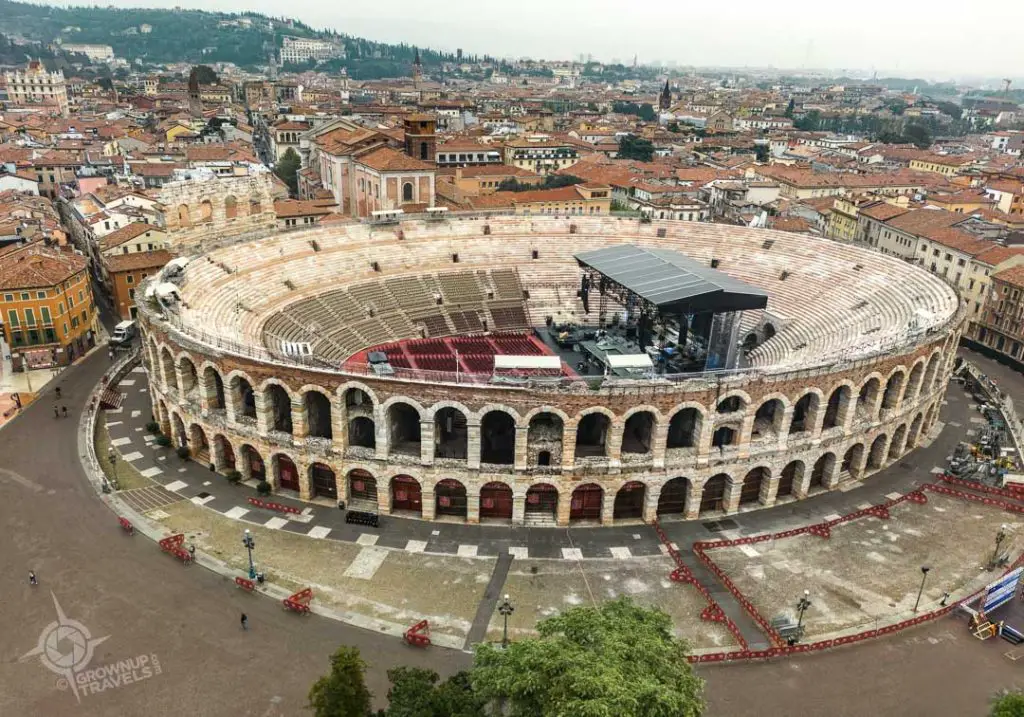
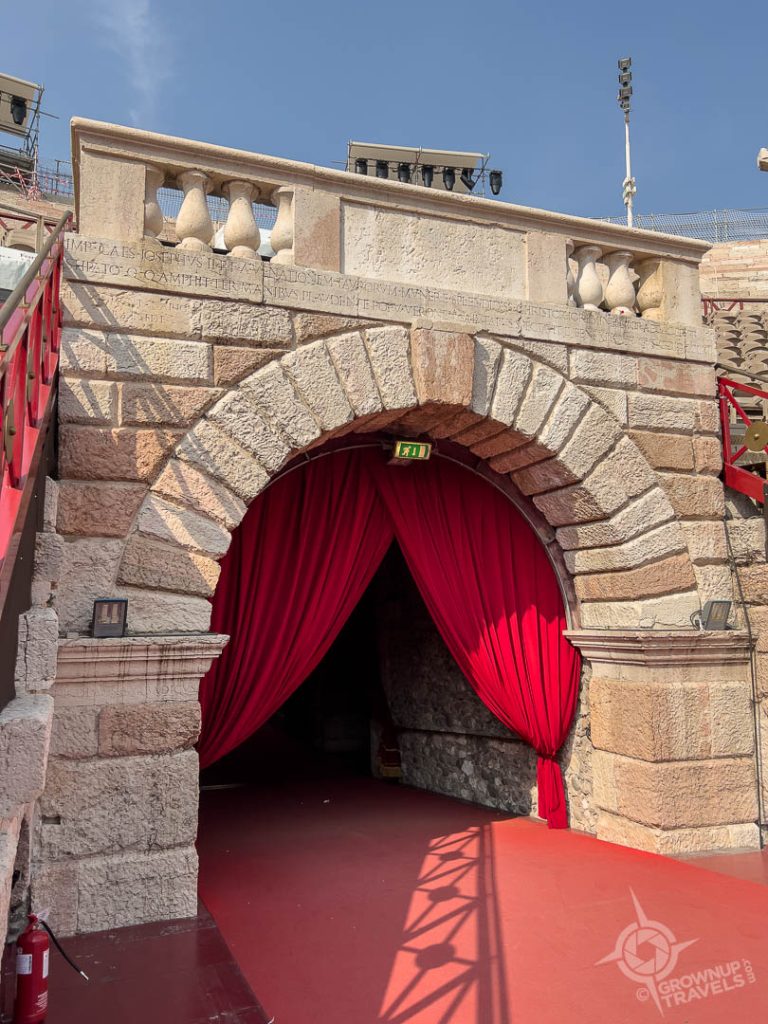
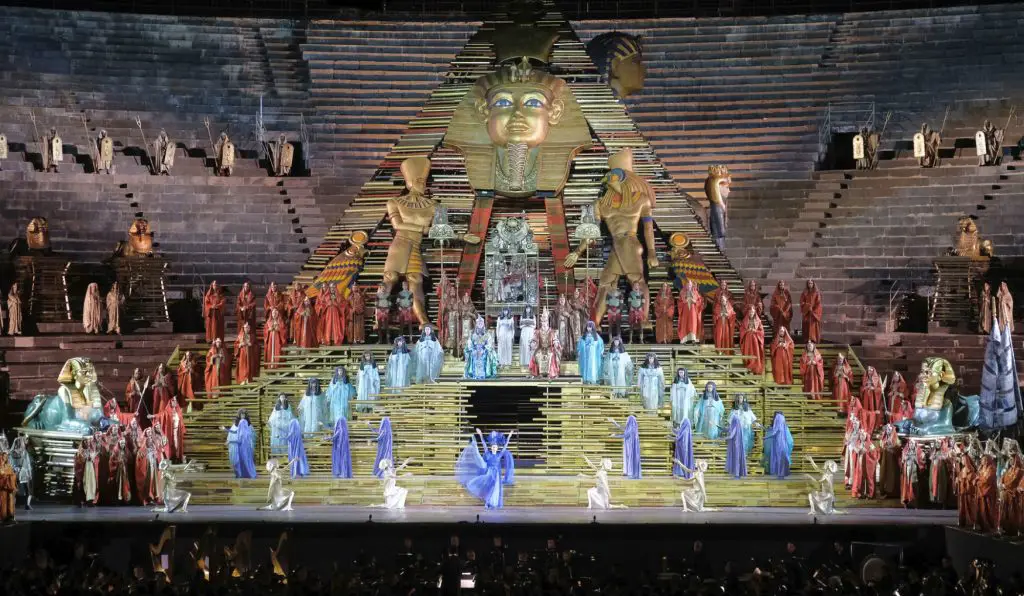
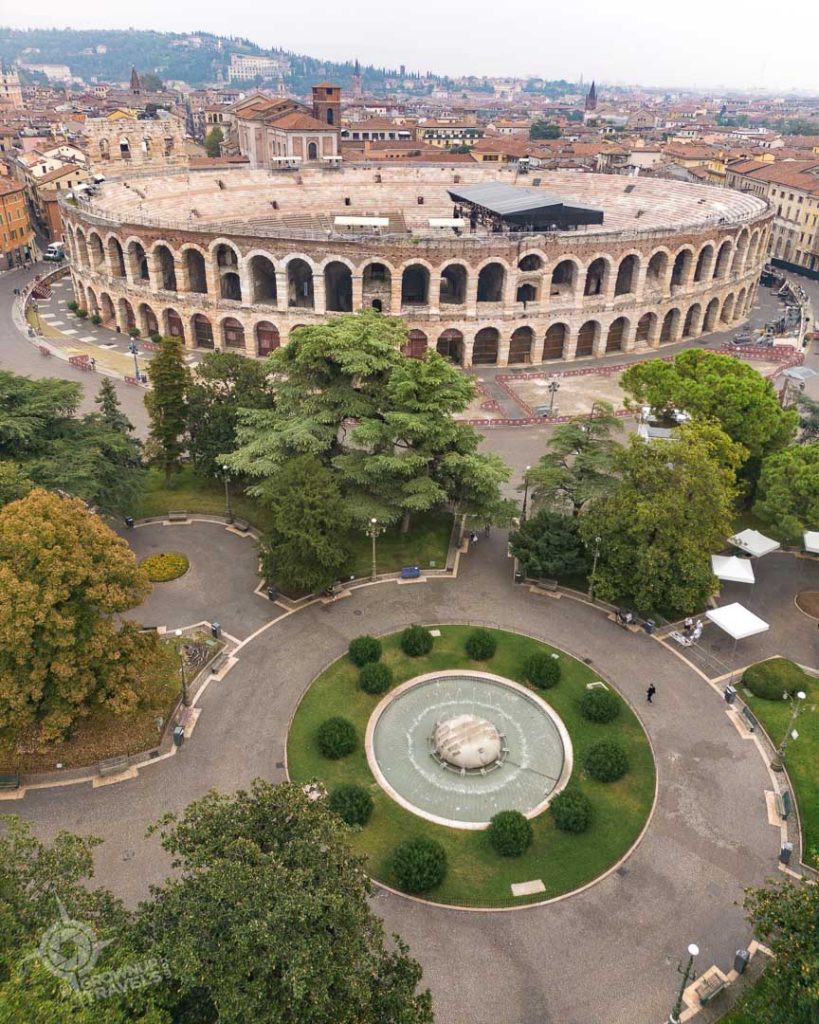
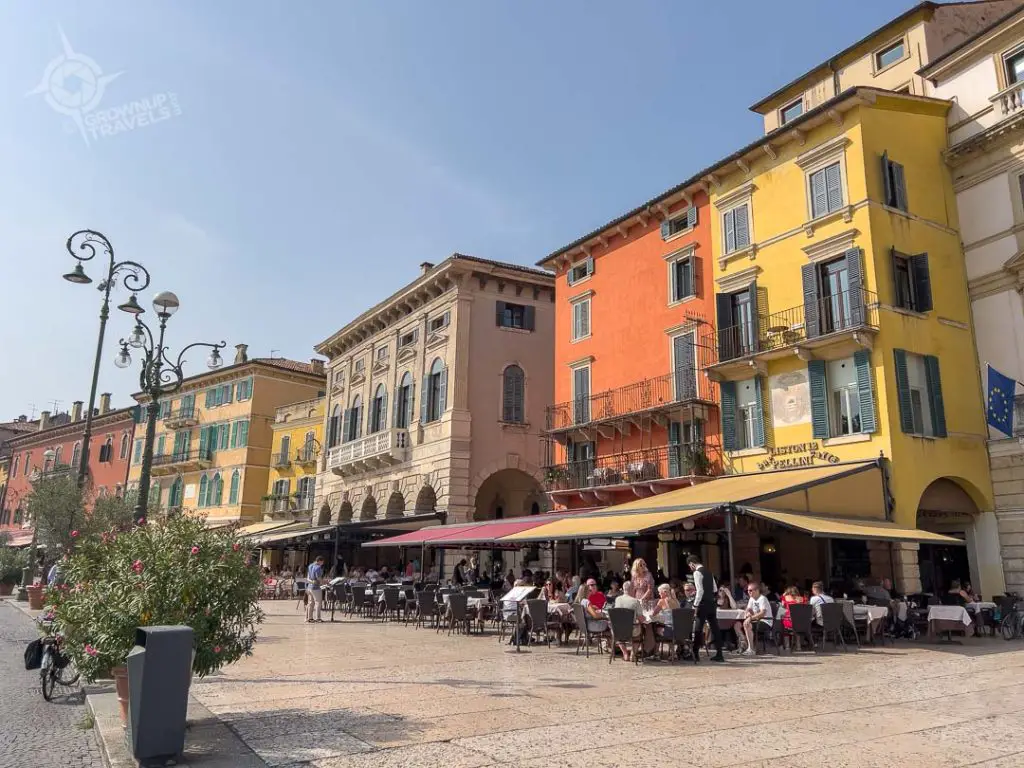
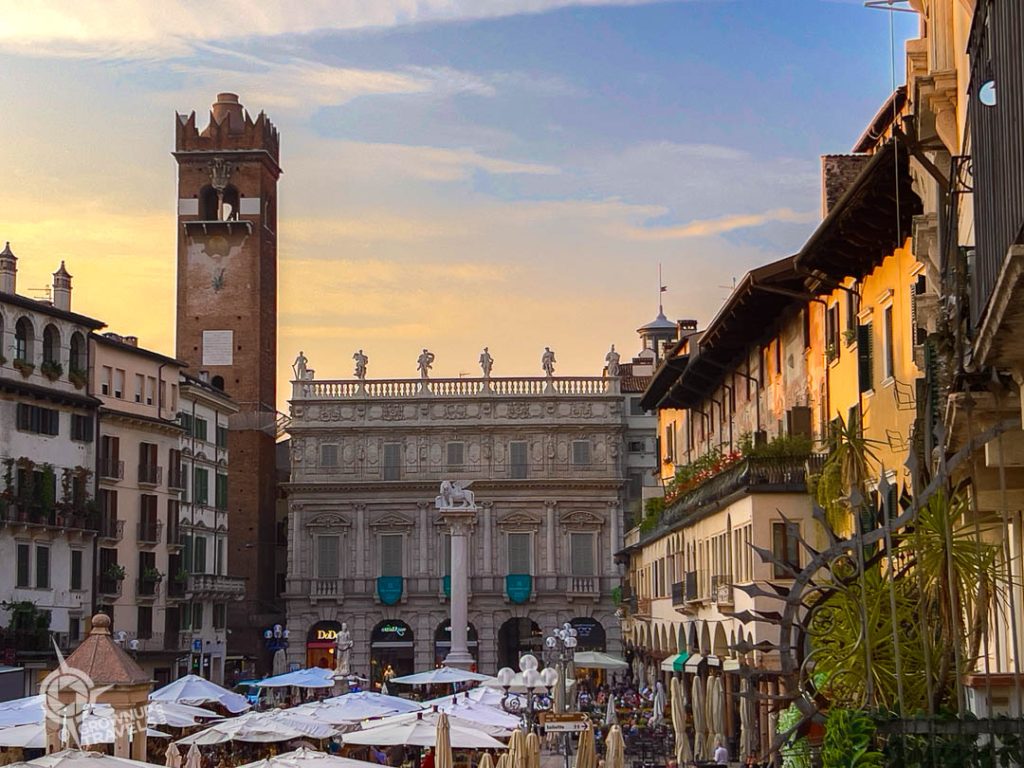
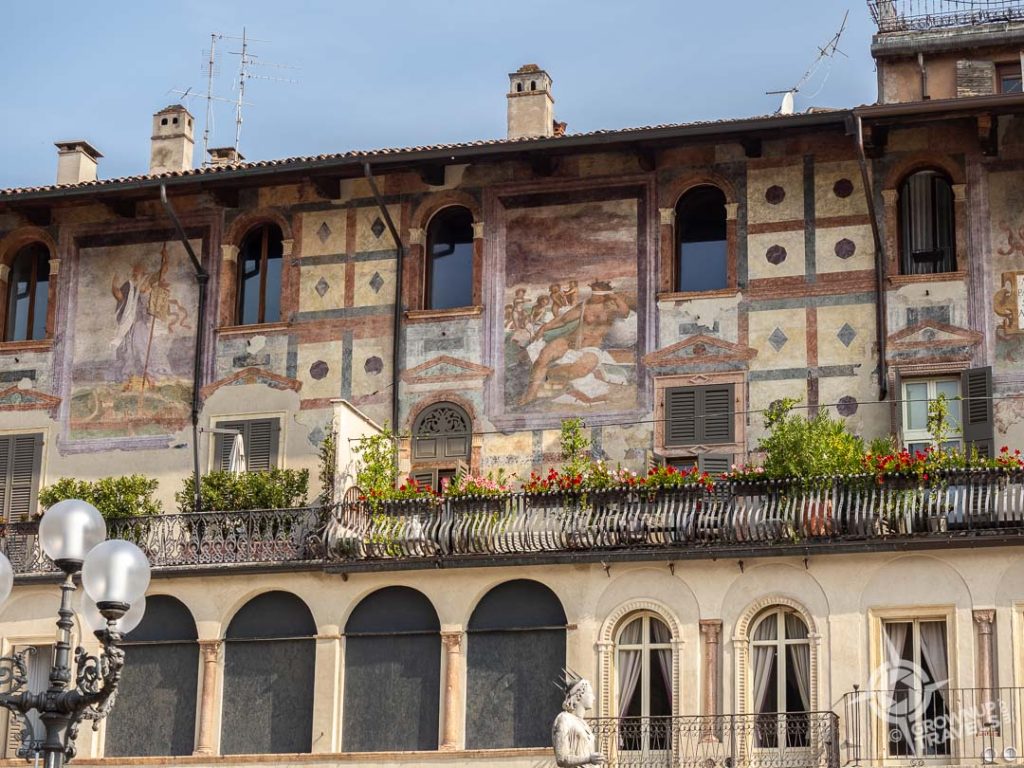
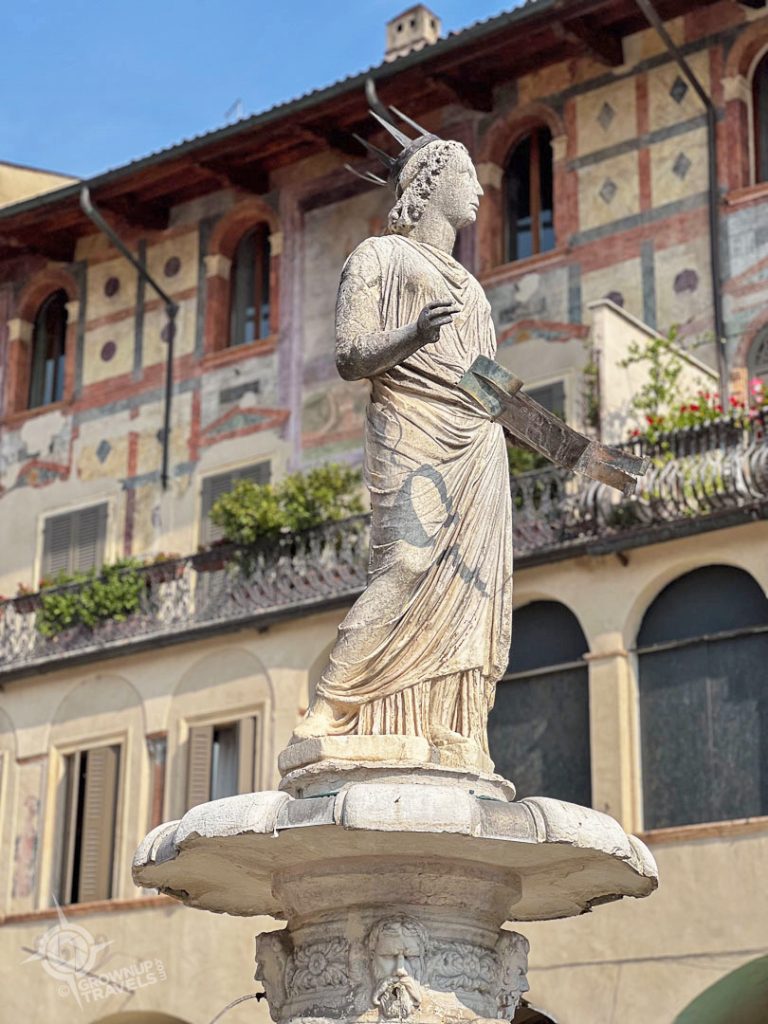
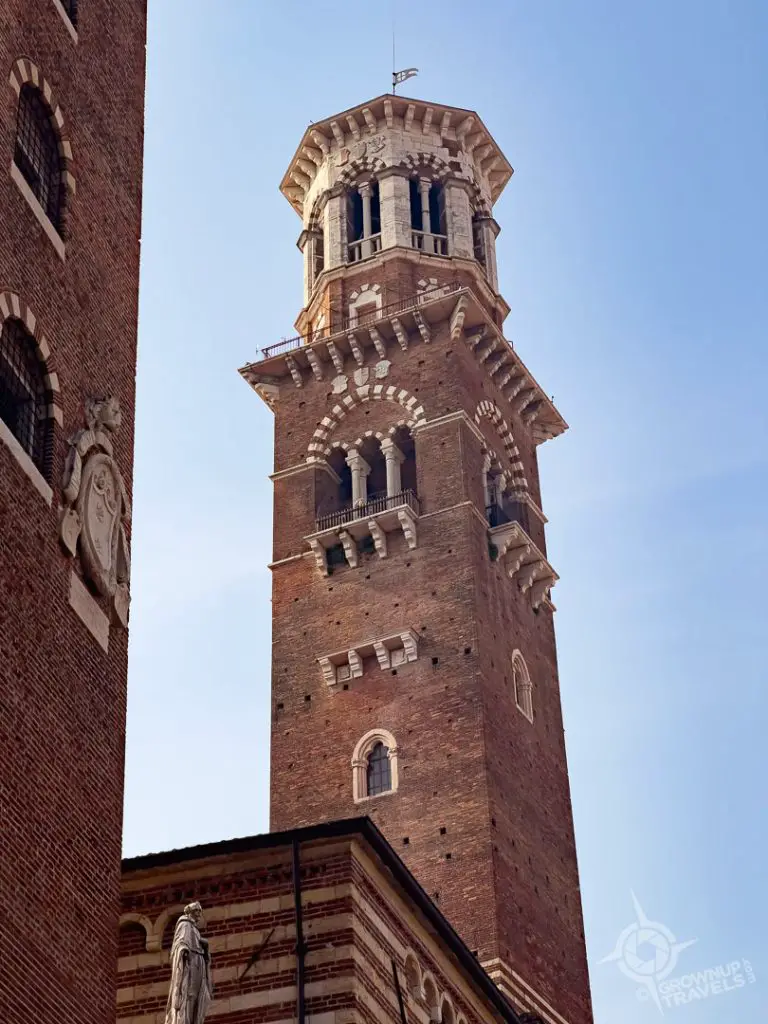
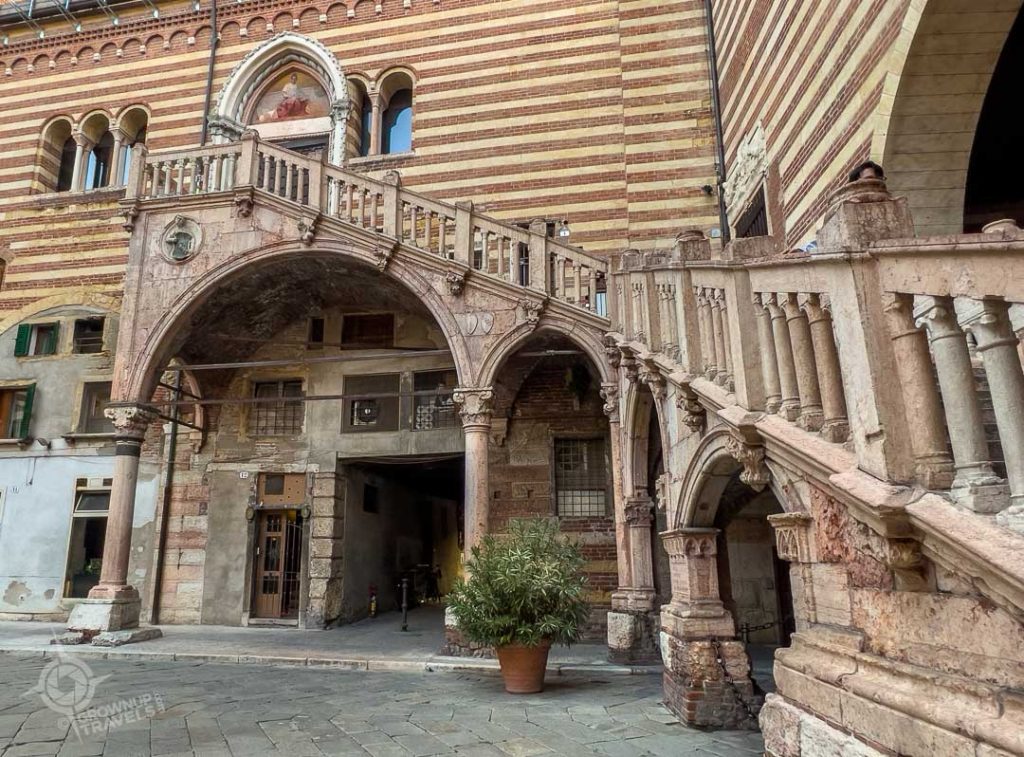
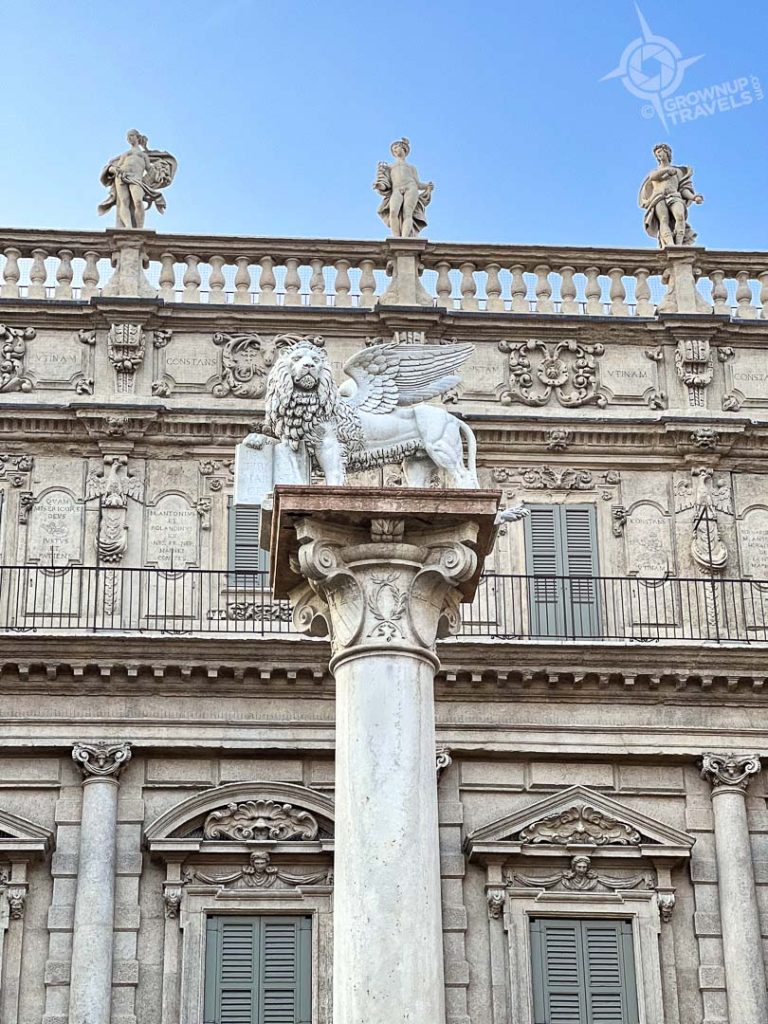

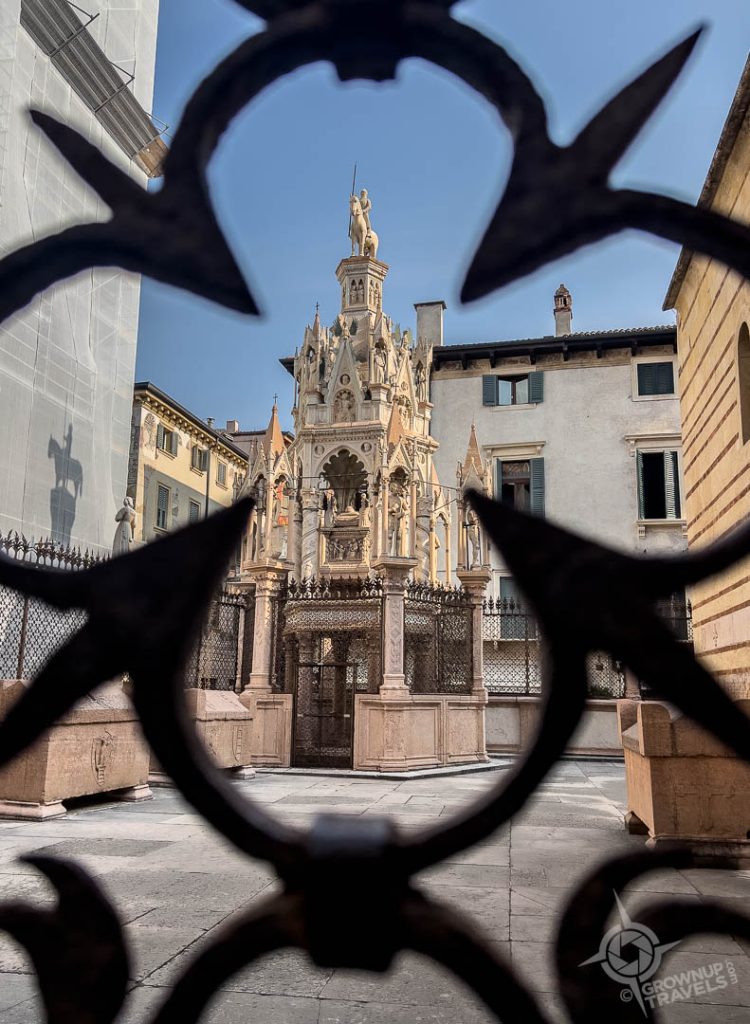
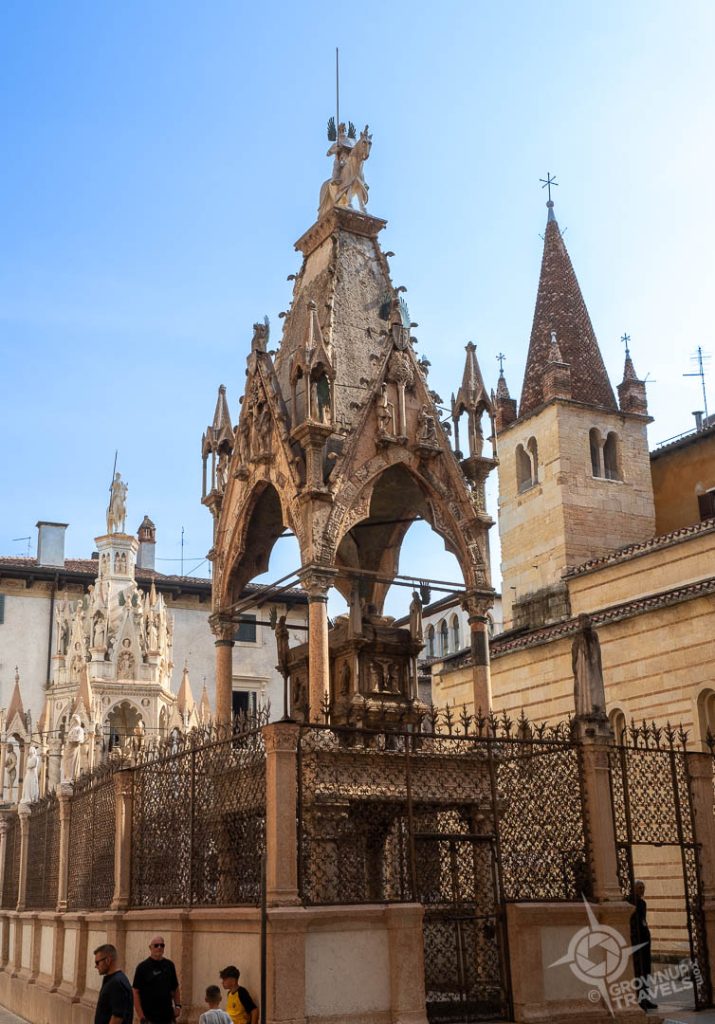
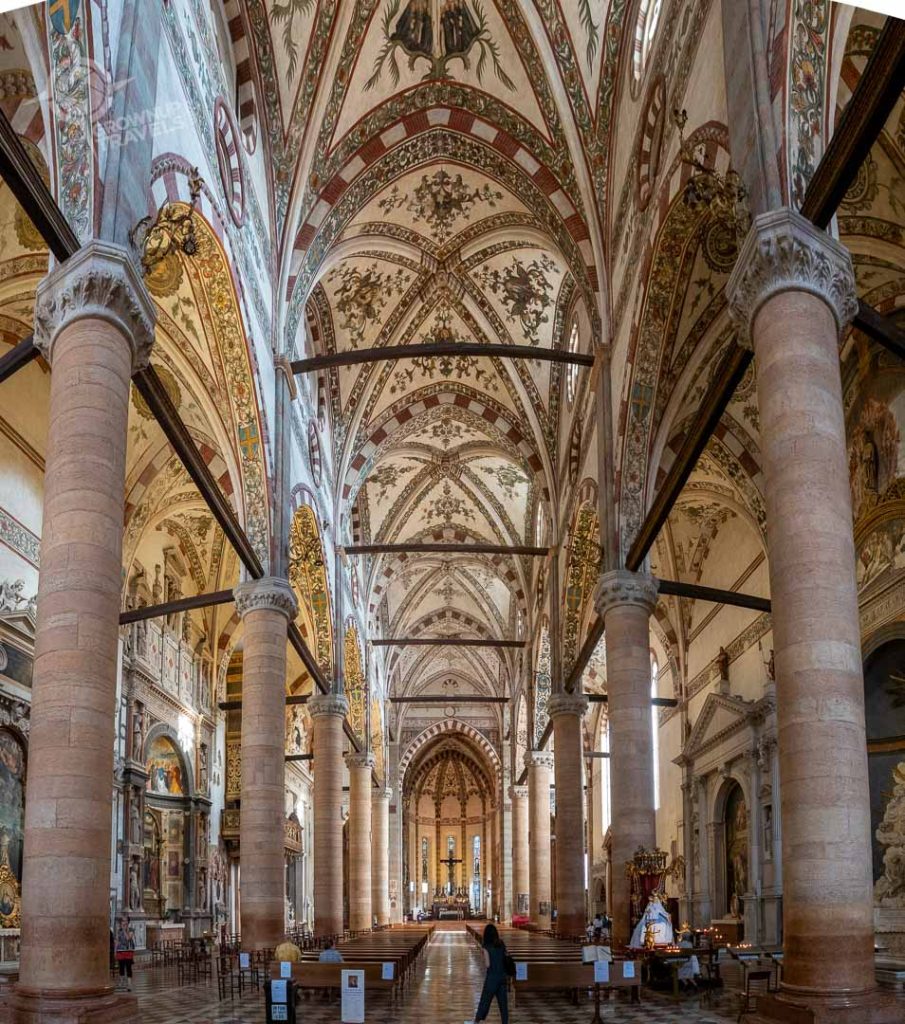
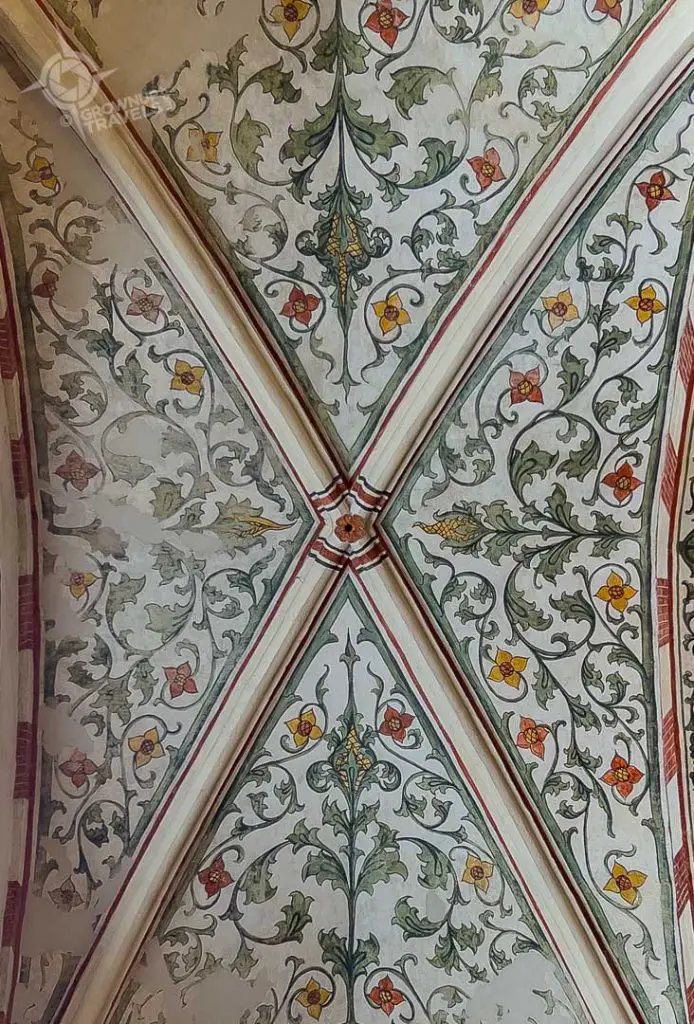
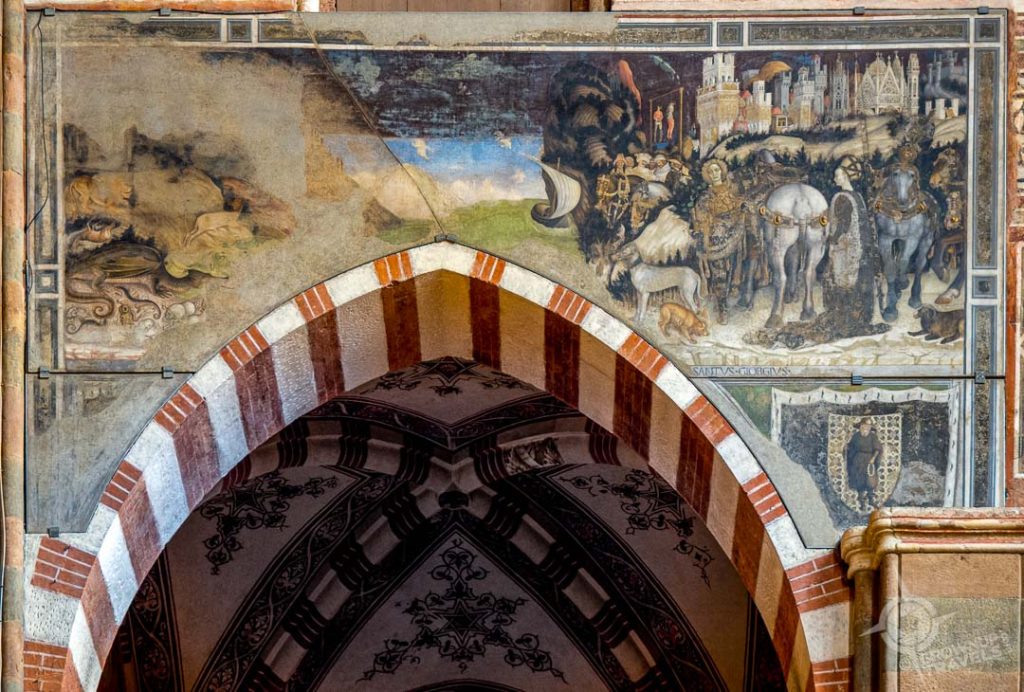
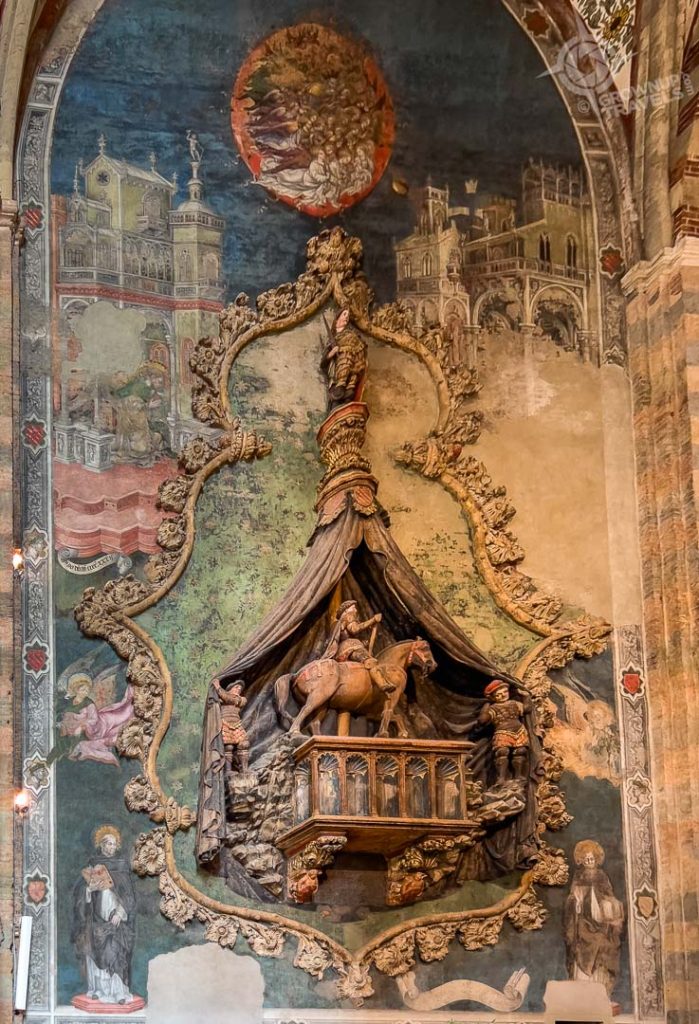
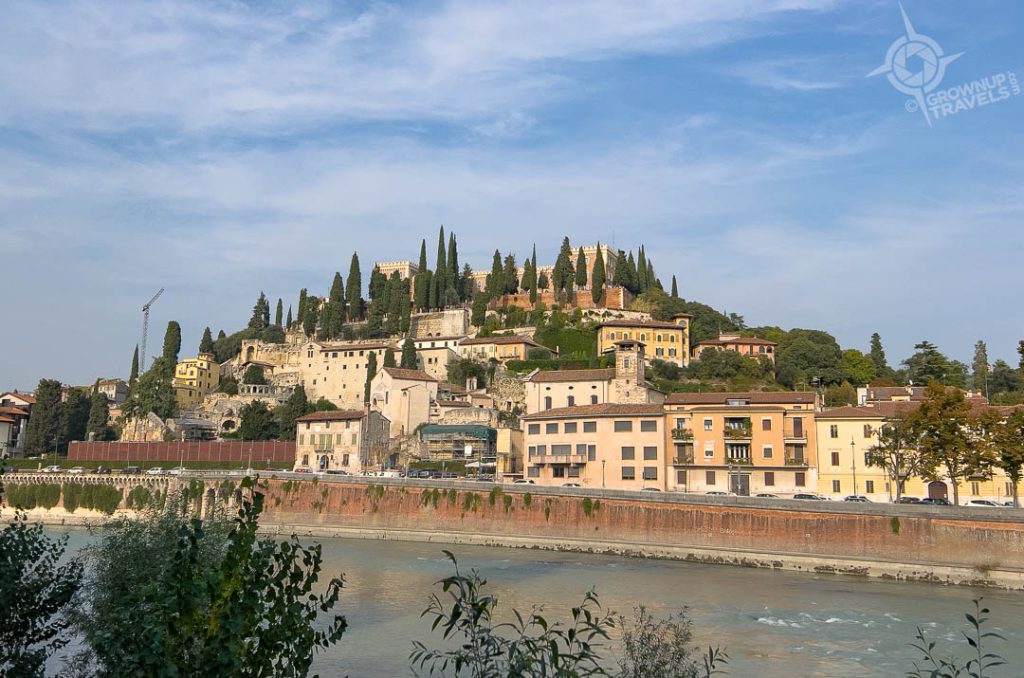
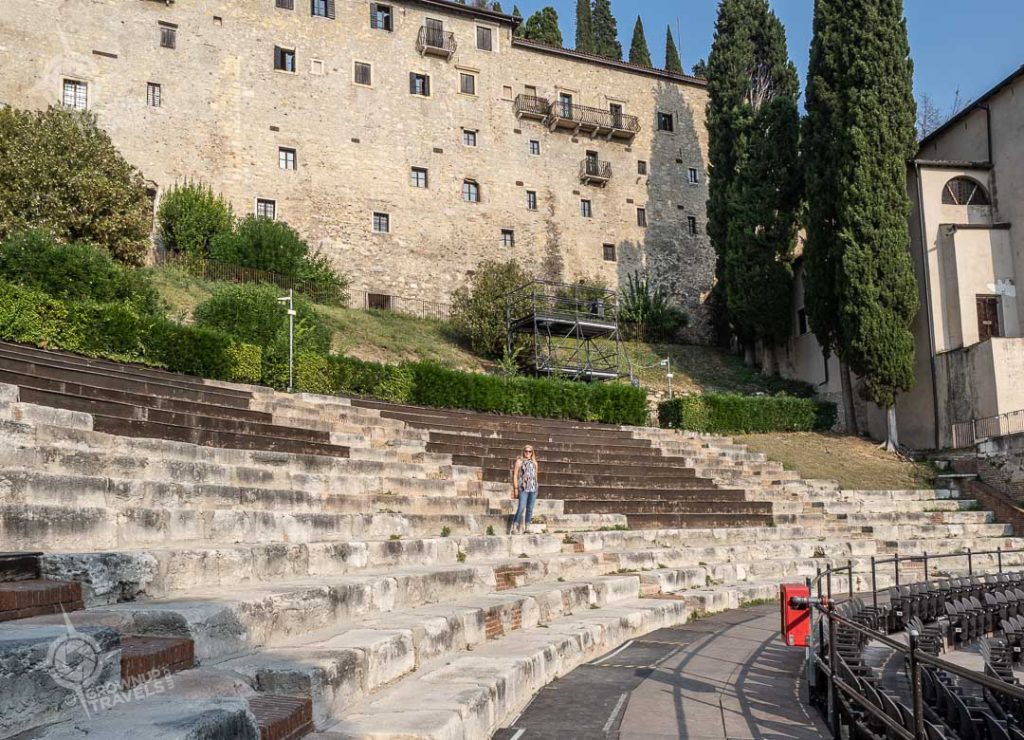
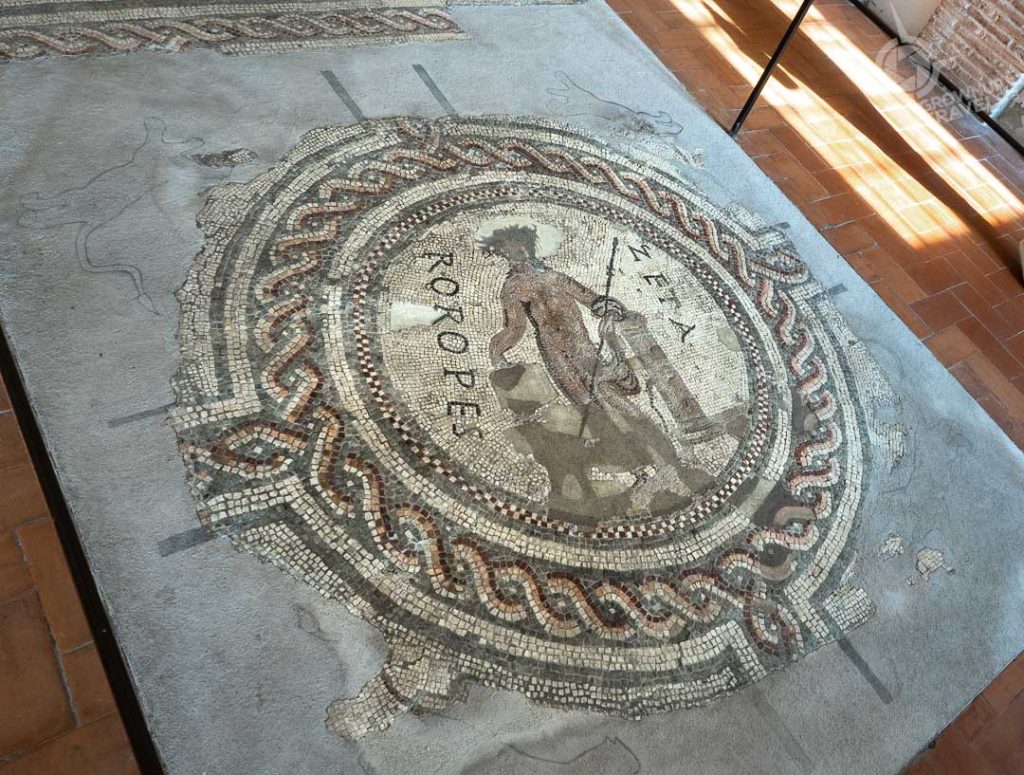
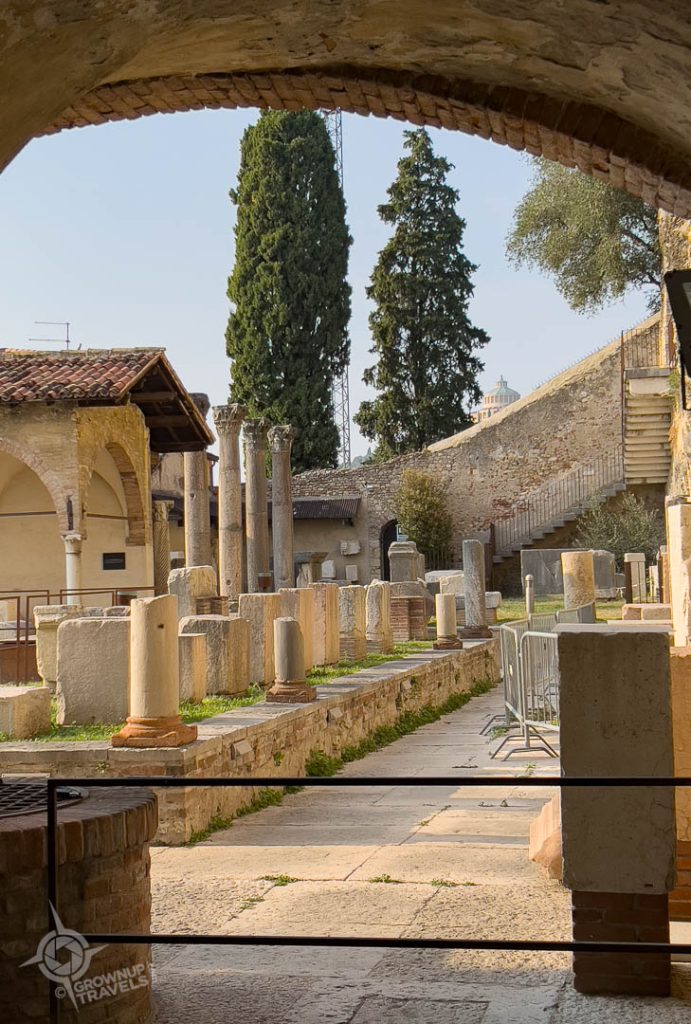
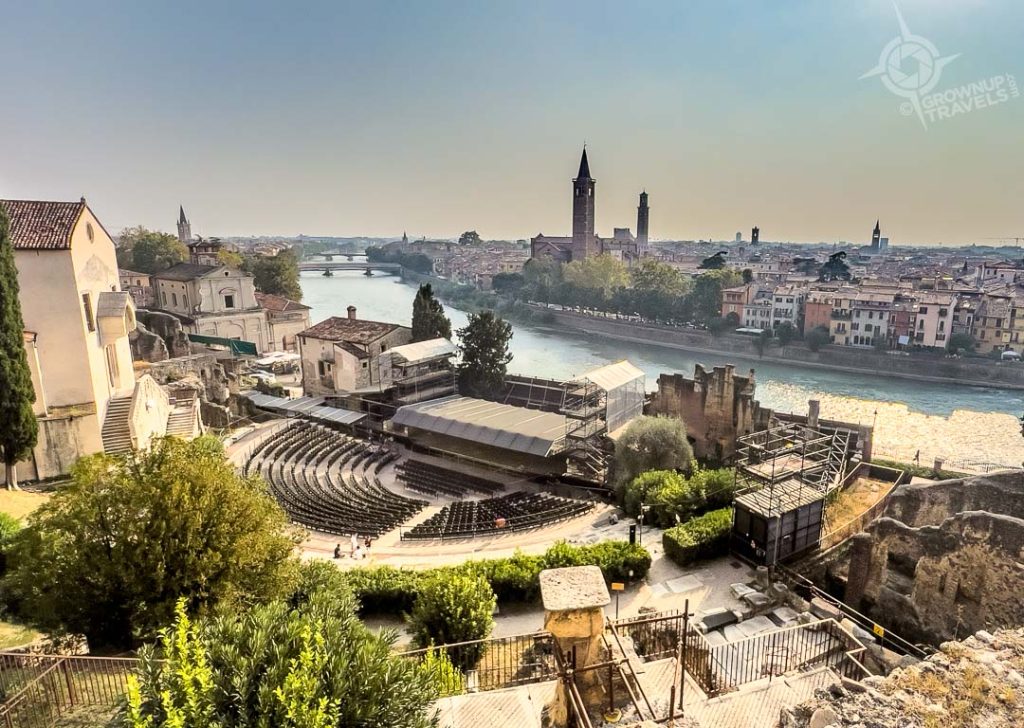
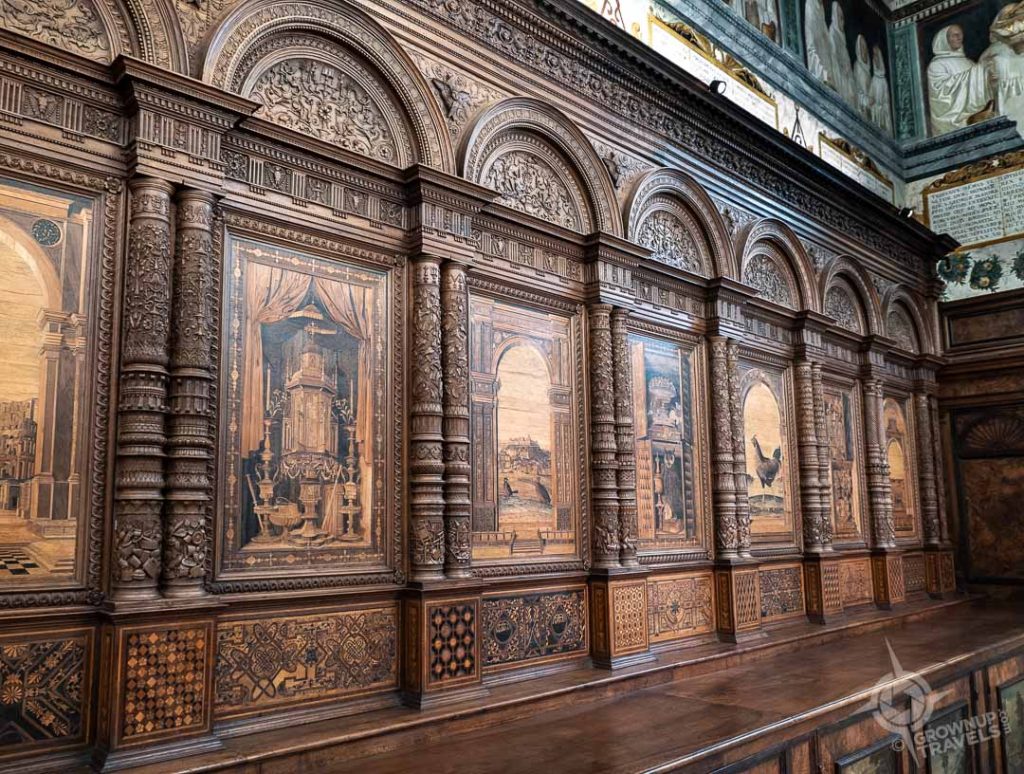
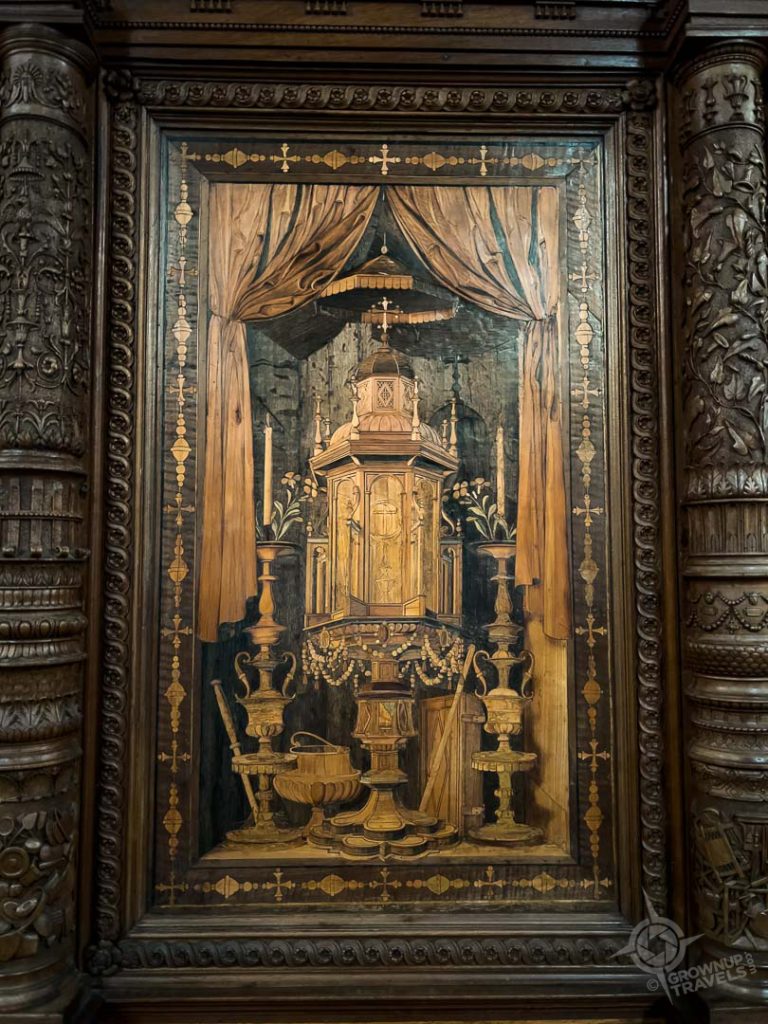
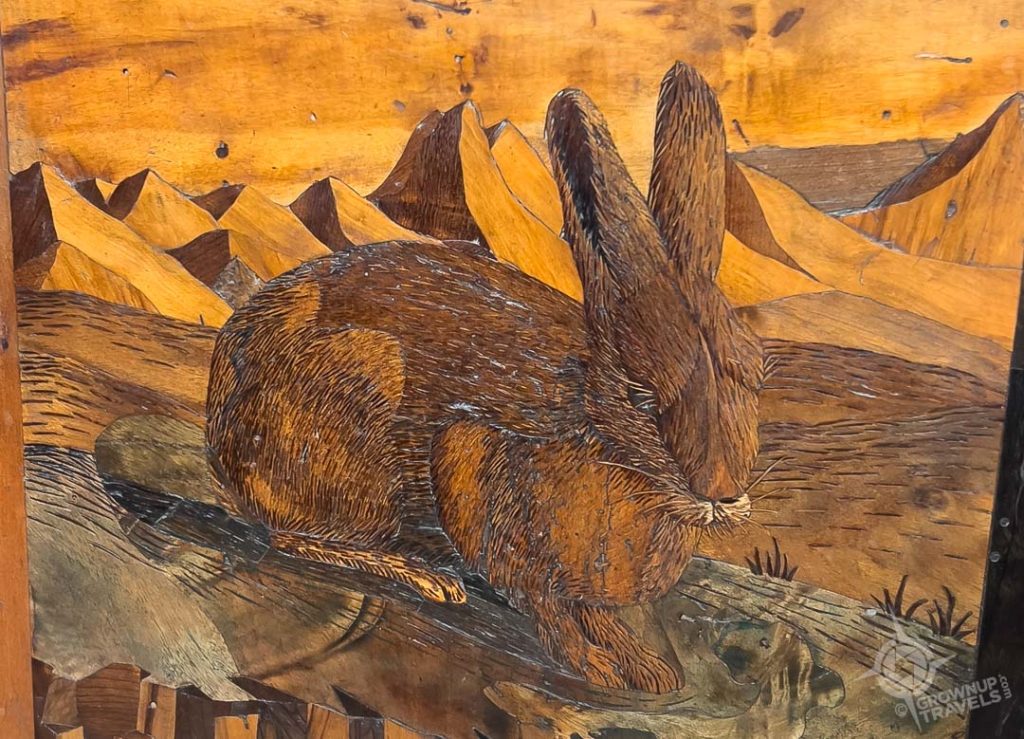
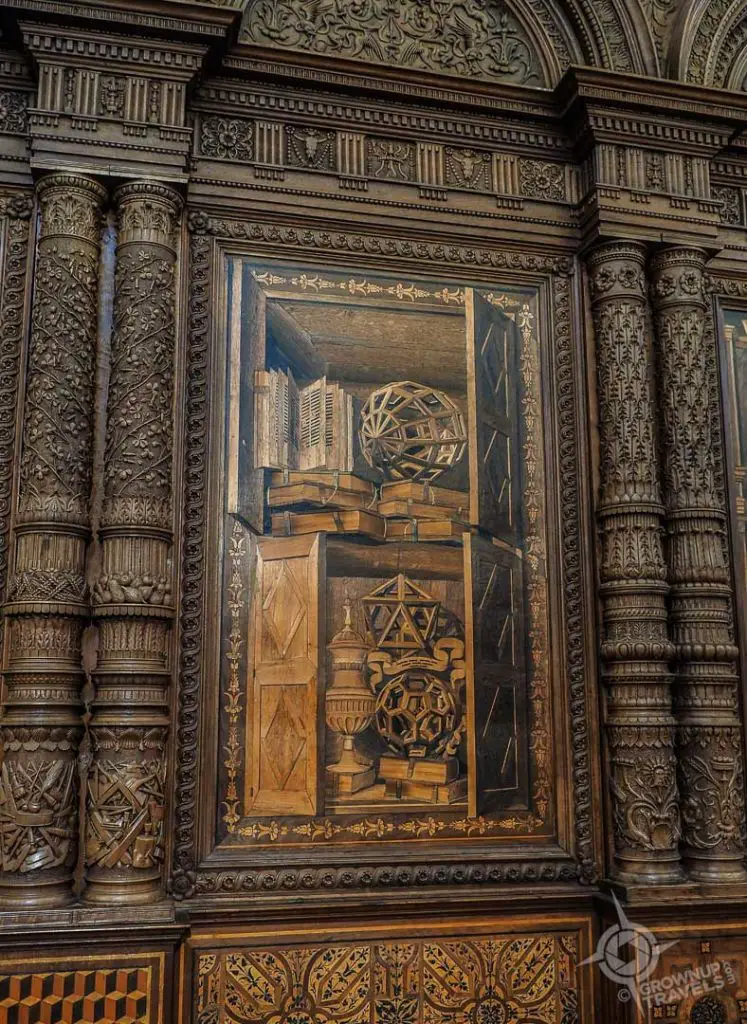
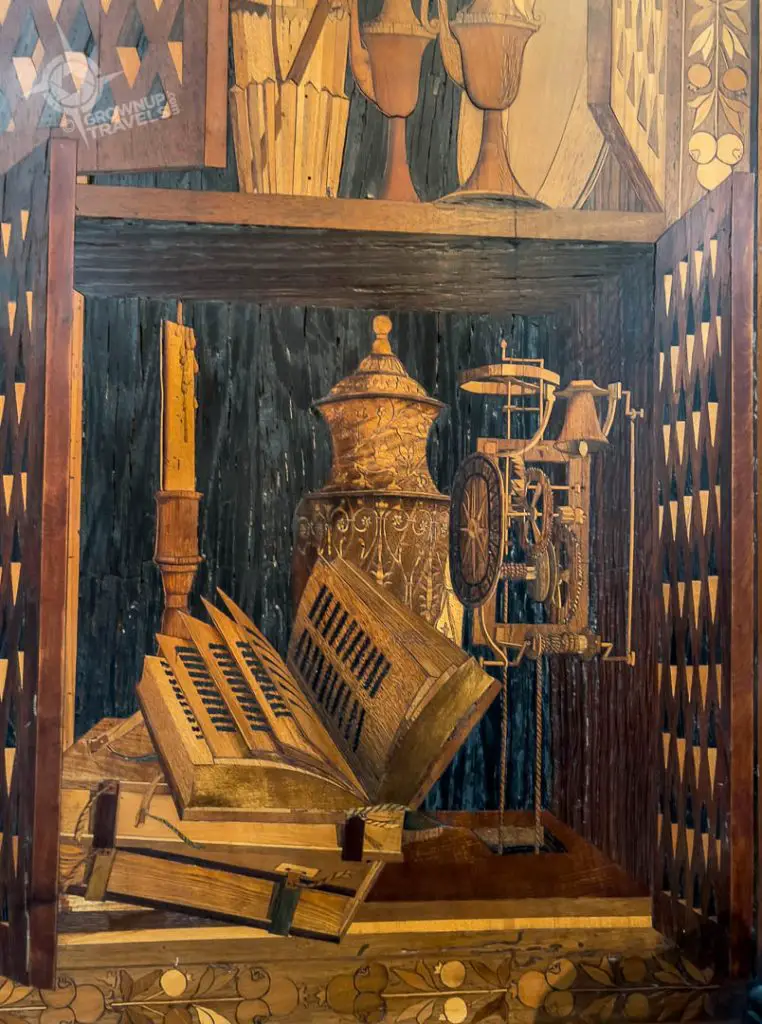
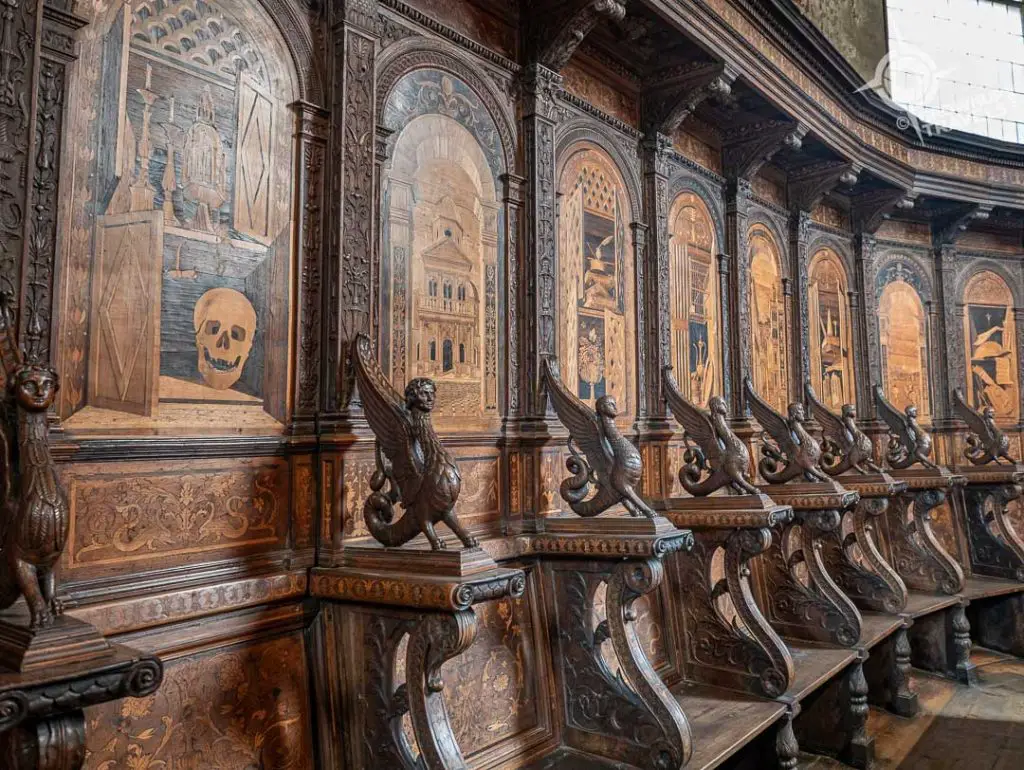
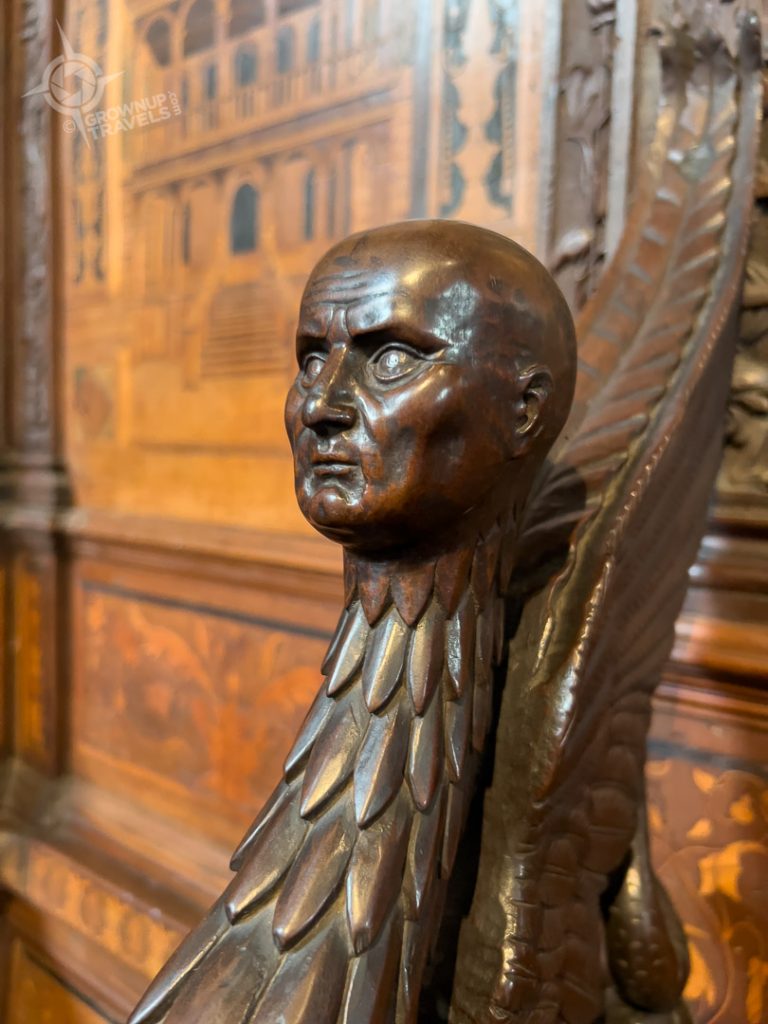
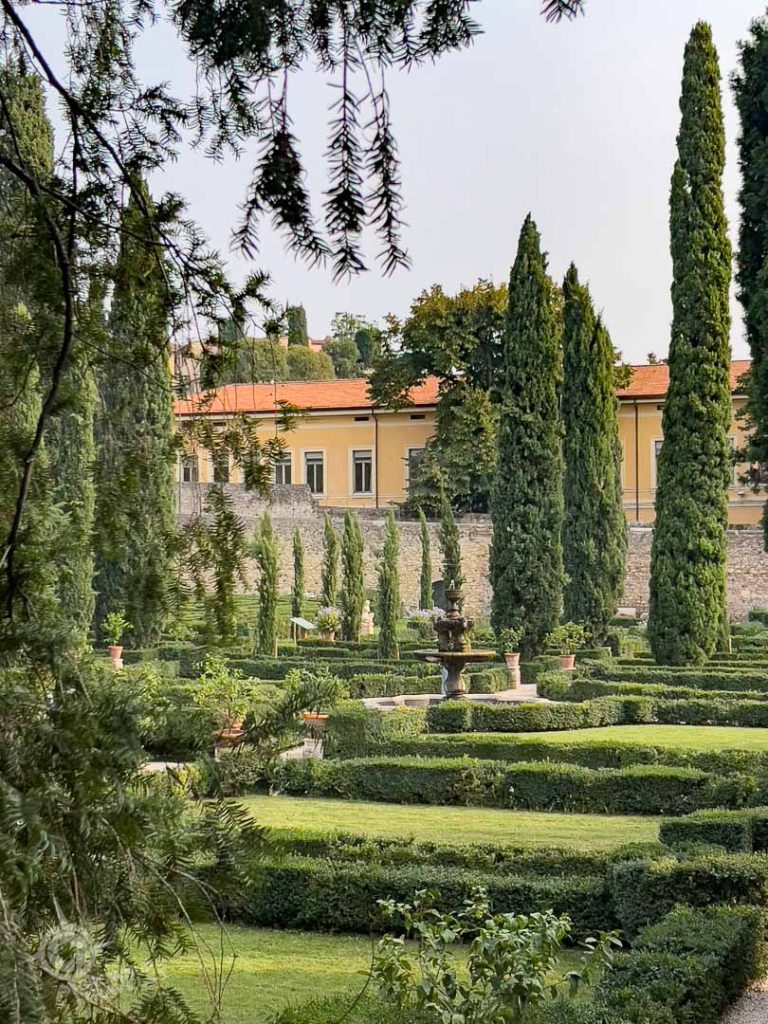
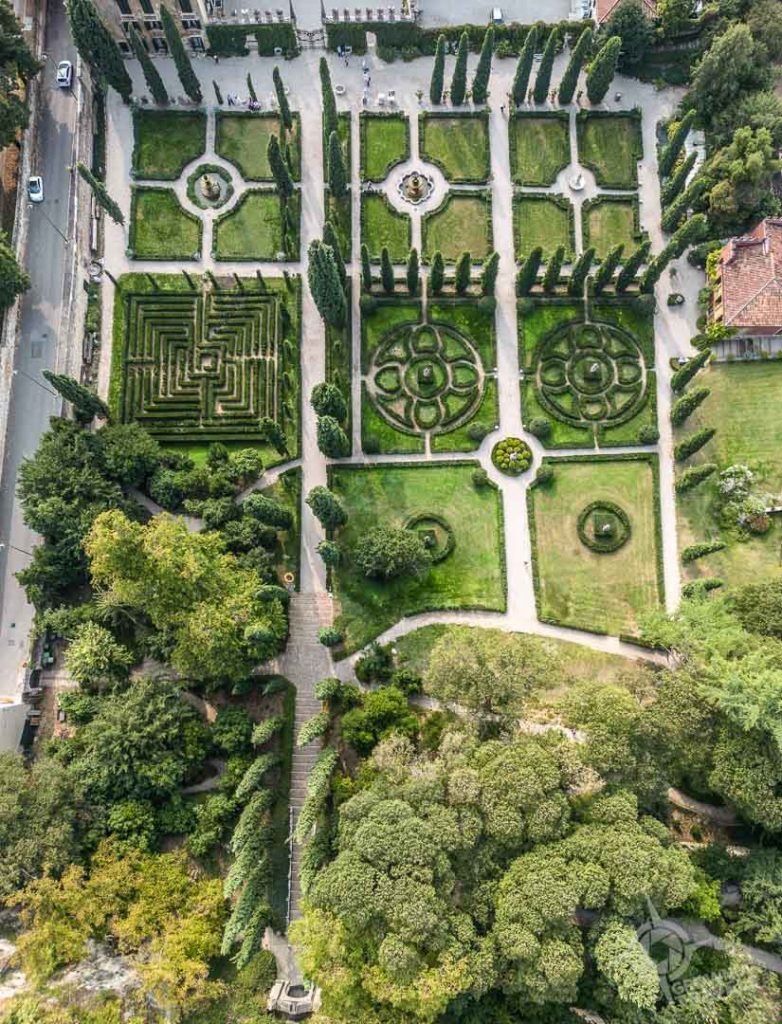
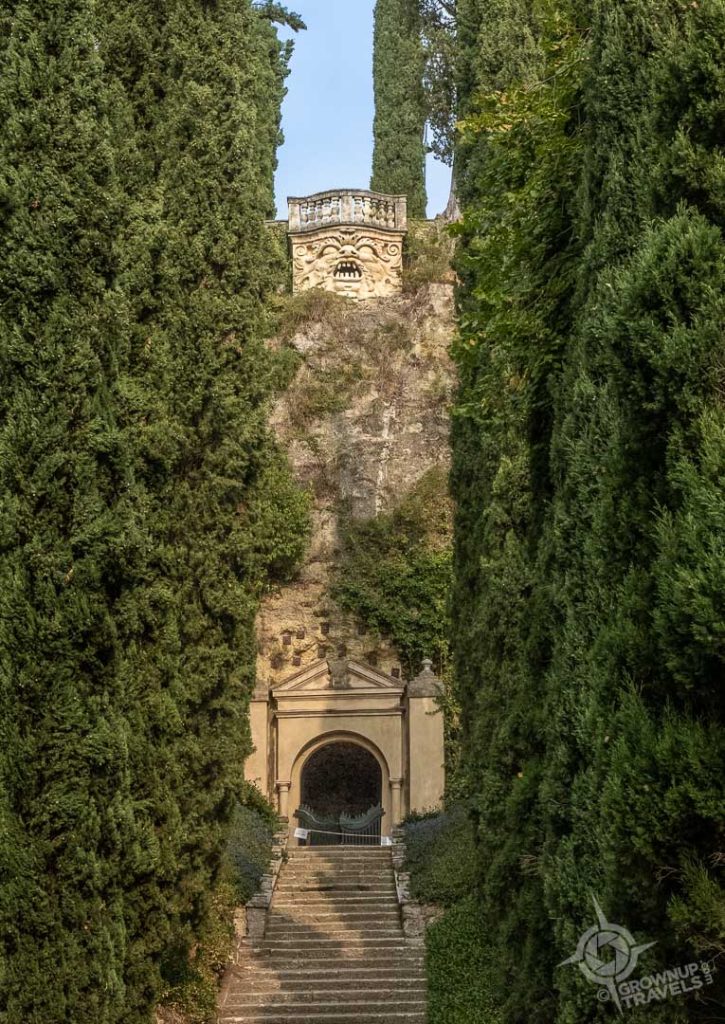
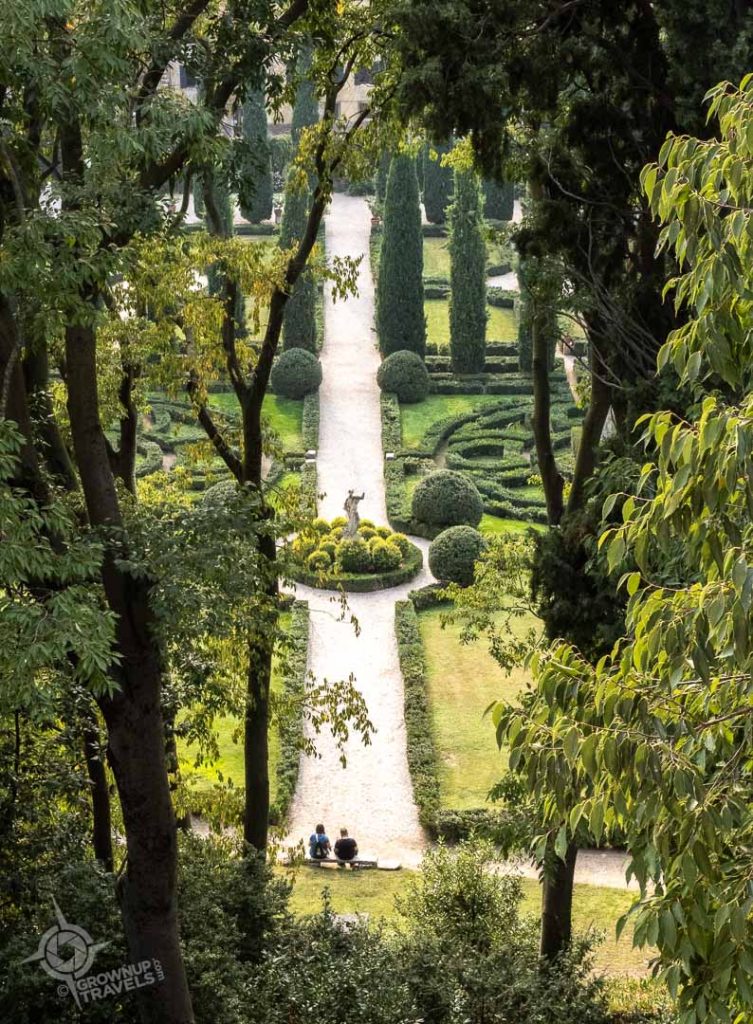
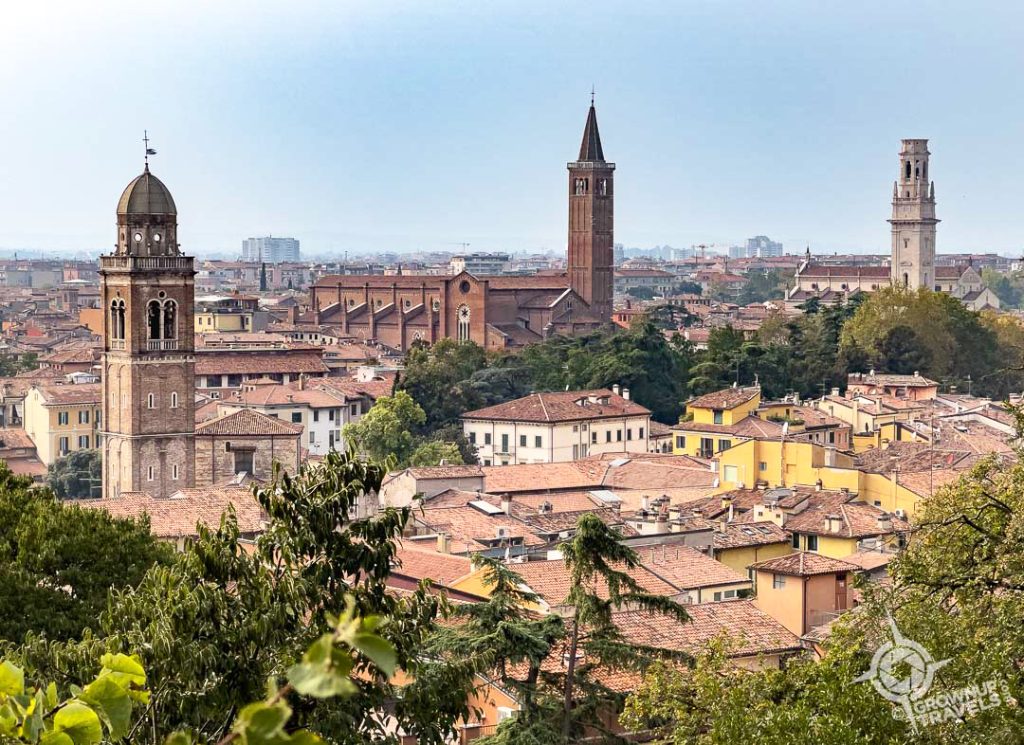
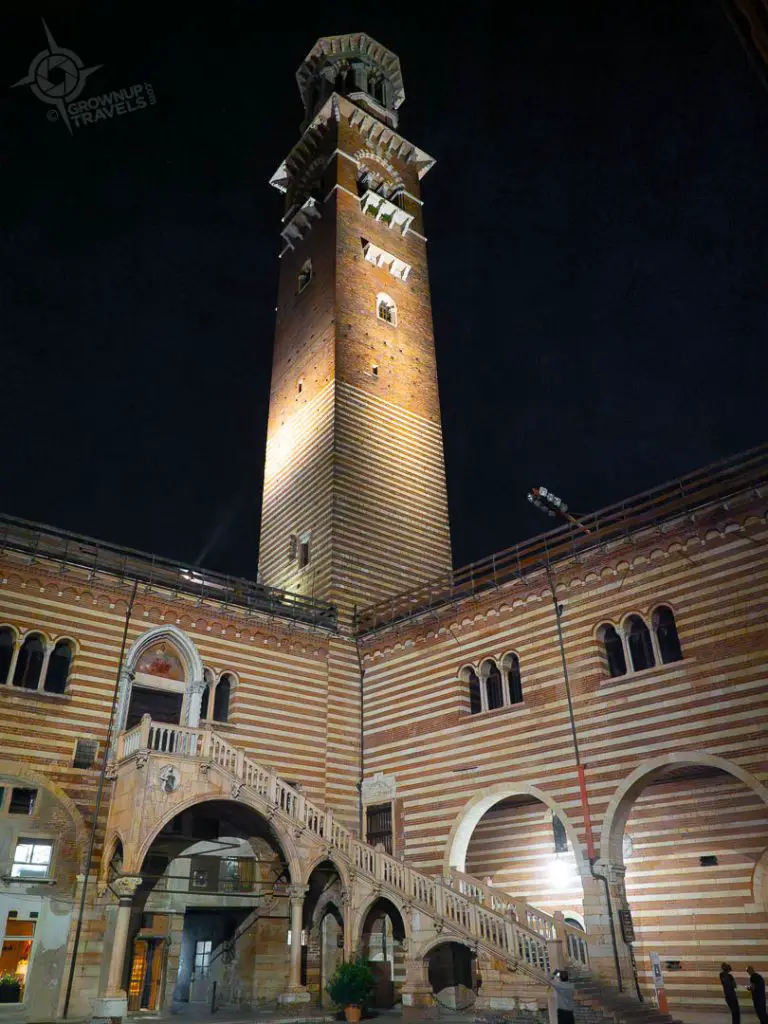
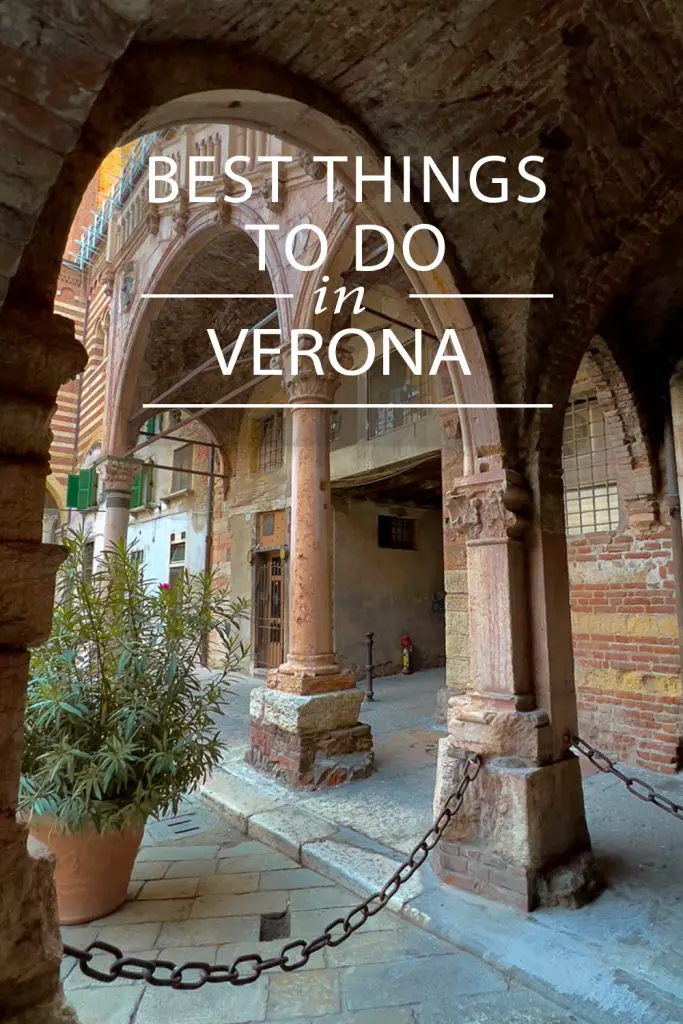











Subscribe and you'll never miss an update!
Join our mailing list to receive the latest news and updates from Grownup Travels. (We keep your email STRICTLY private)
Thank you for subscribing to Grownup Travels!